Flatidae are cosmopolitan in distribution and are distinguished from others in the superfamily by a combination of characters. Like all other planthoppers, they suck phloem sap of plants. Some species are known to communicate with vibrations through the plant stems. Communication may be with mates, or with ants that tend the nymphs, protecting them and gathering honeydew secretions. Adults of some species have brightly coloured forewings which are tougher and known as tegmina, unlike the membranous hindwings which are used for flight. Although a few can be identified by their coloration, most species require dissection and examination under a microscope with access to literature on already described species.
There are two subfamilies within the family. In the subfamily Flatinae, the body of adults is flattened laterally and the tegmina are tent-like. In the Flatoidinae, the body is not laterally compressed and the tegmina are not as tent-like and sometimes held horizontally. The wing venation is distinctive in that the veins in the anal region are nodose, and the costal area has numerous cross veins. The antennae are small, and the first segment is collar-like and small. The second segment is longer and ends in a bulge and a flagellum arises from it. They have two ocelli. Nymphs have a tail of waxy filaments.
Source: Wikipedia
Subfamily Flatinae
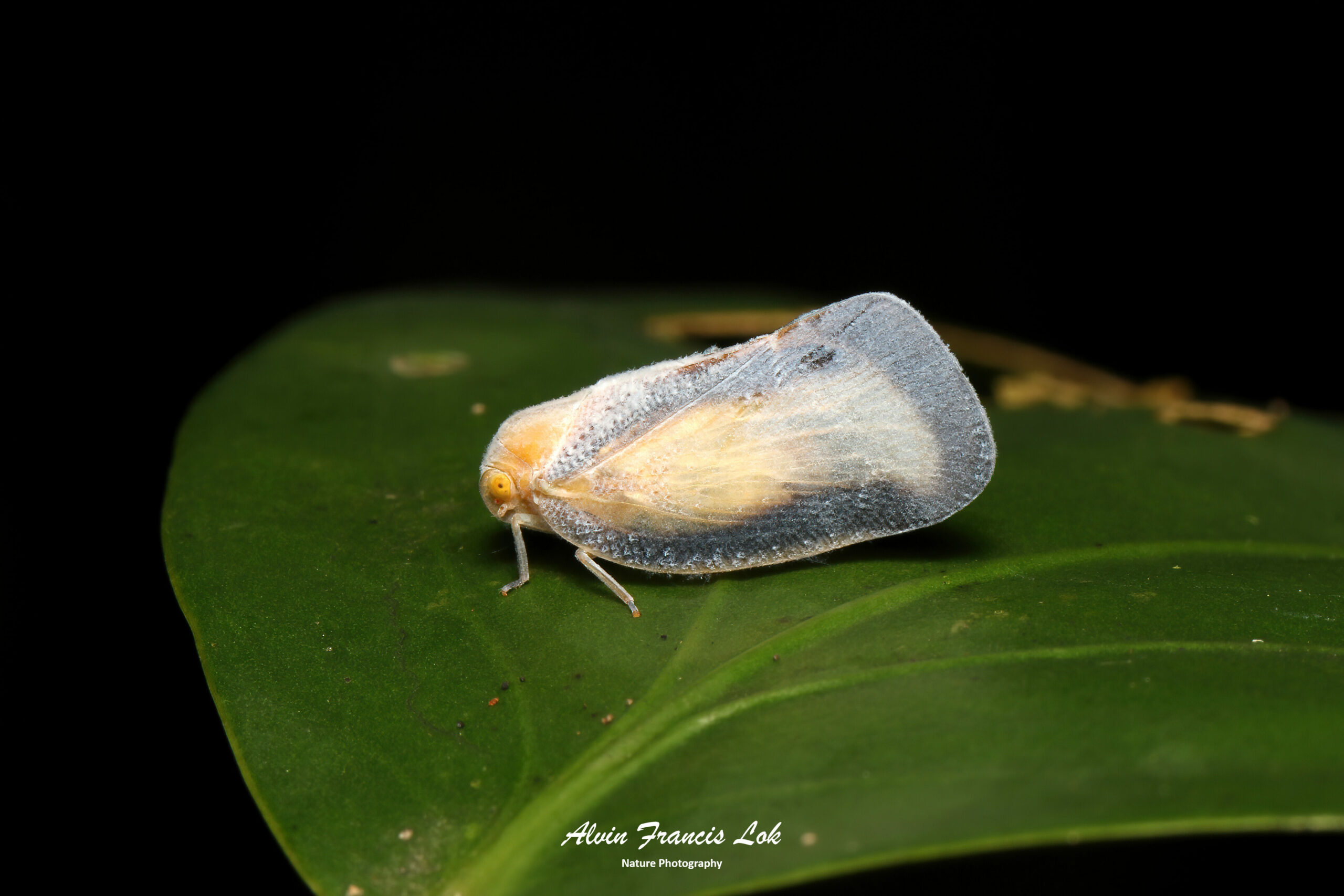
(Singapore)
Tribe Ceryniini
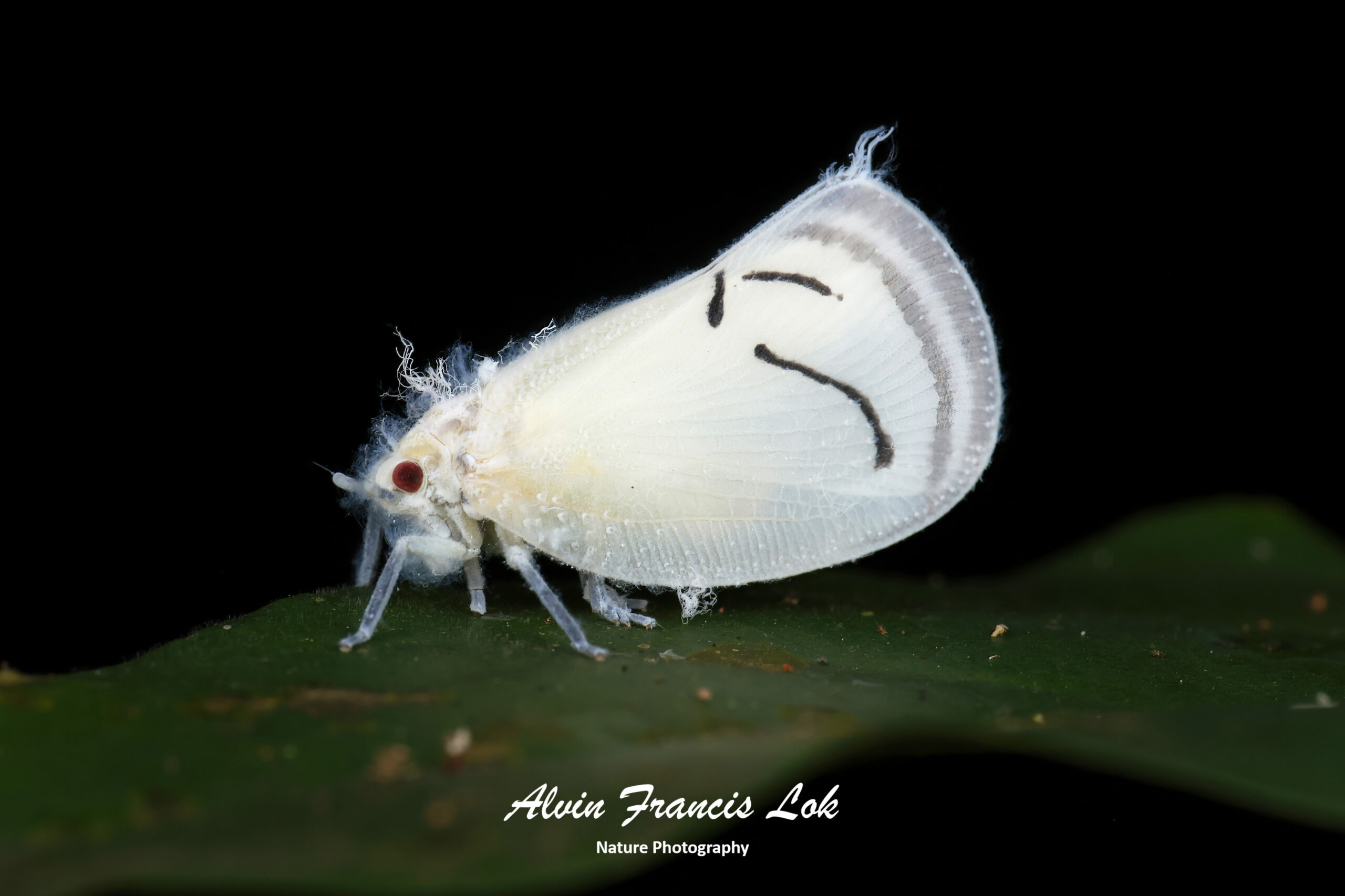
(Singapore)
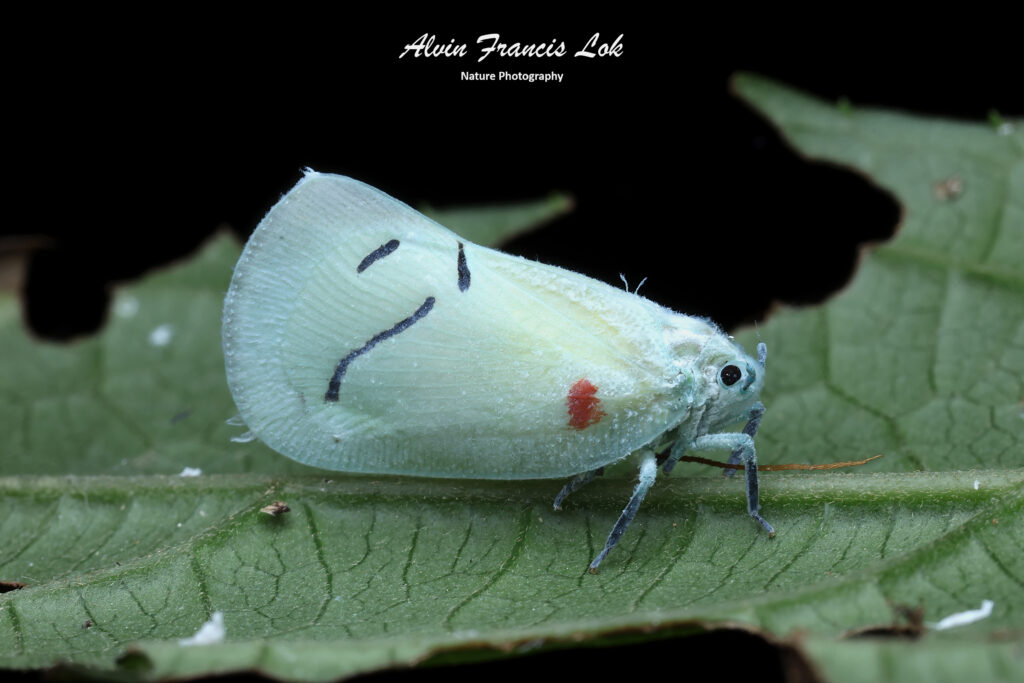
(Doi Inthanon, Thailand)
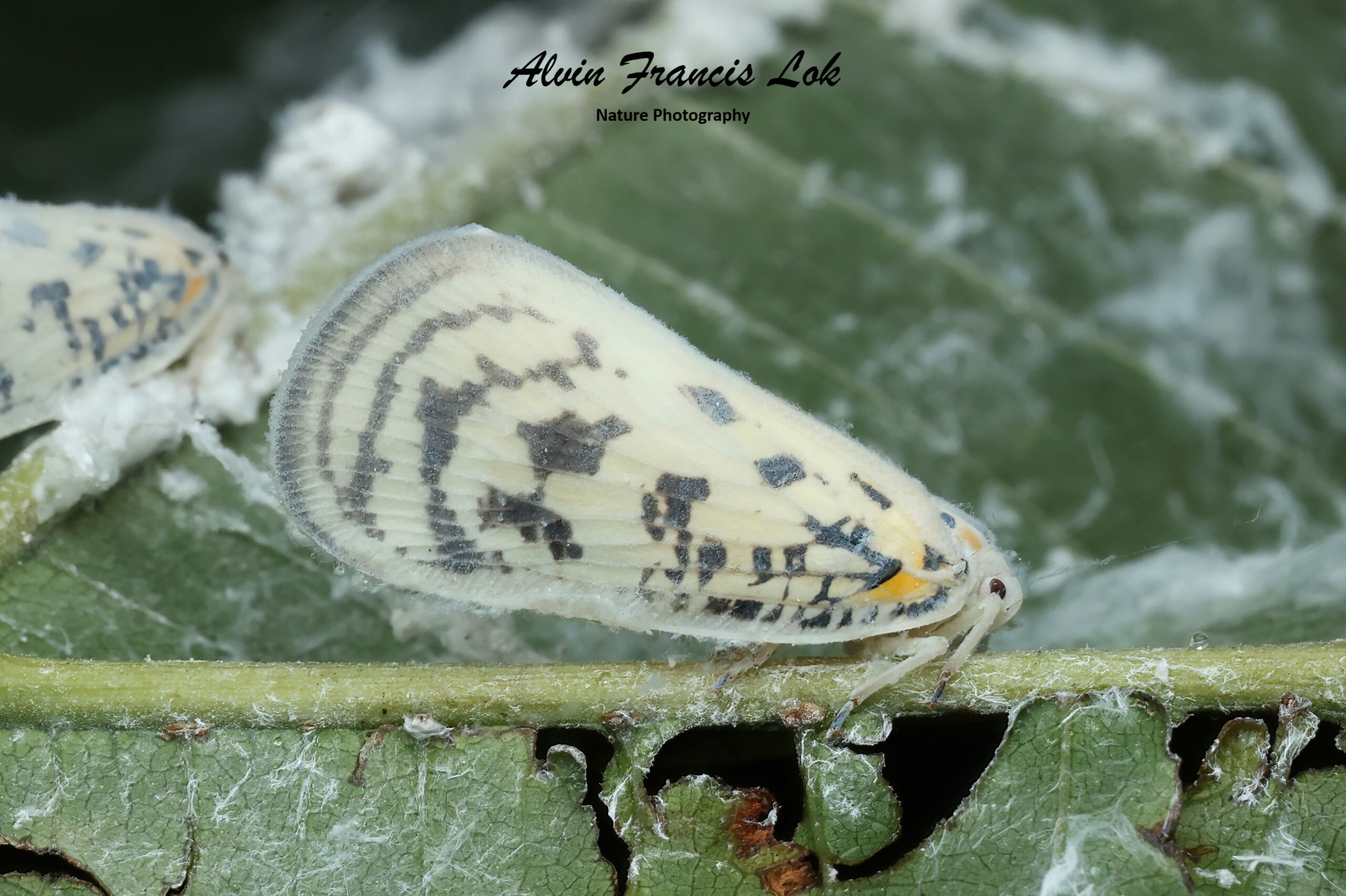
(Singapore)
Tribe Flatini
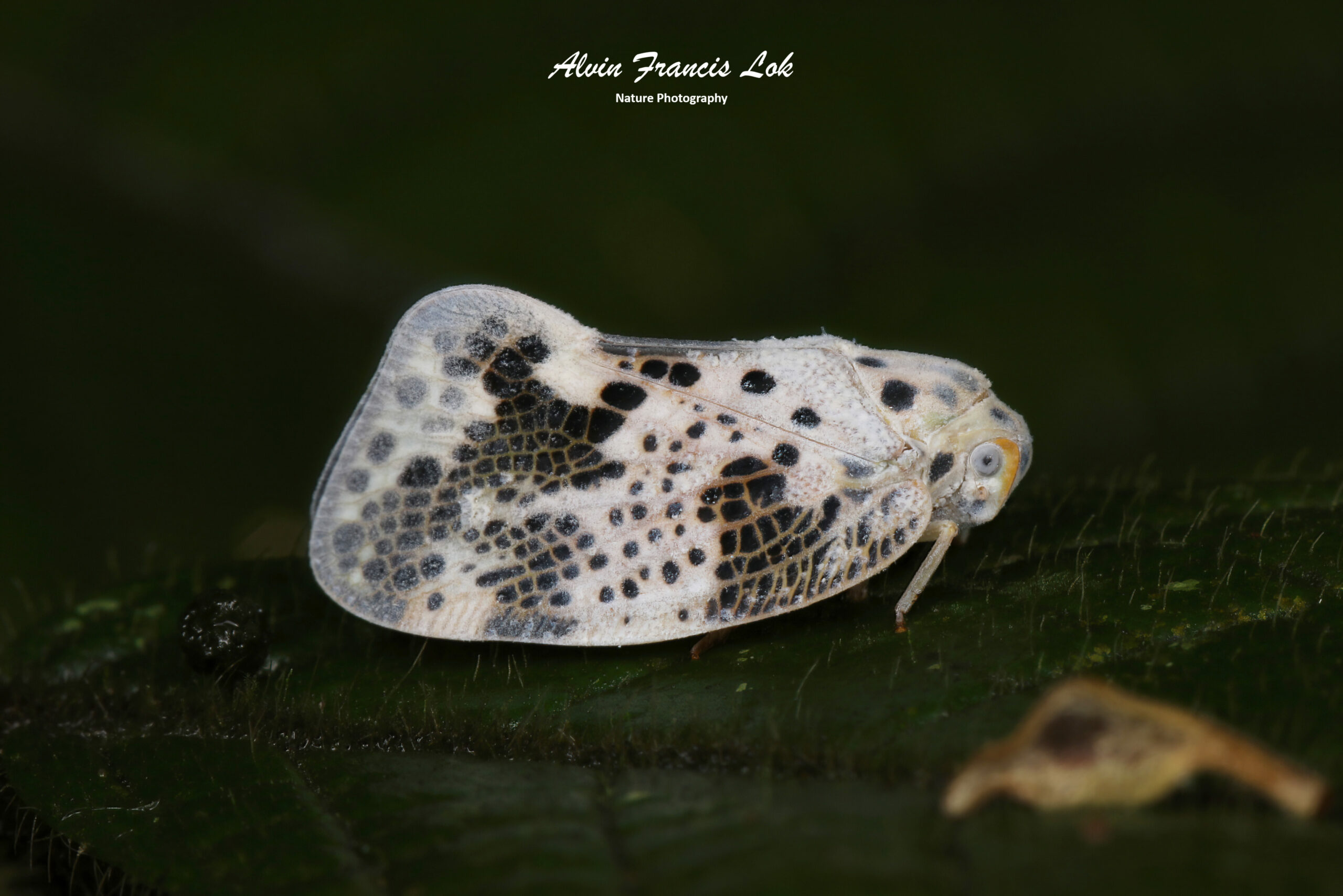
(Singapore)
Tribe Lawanini
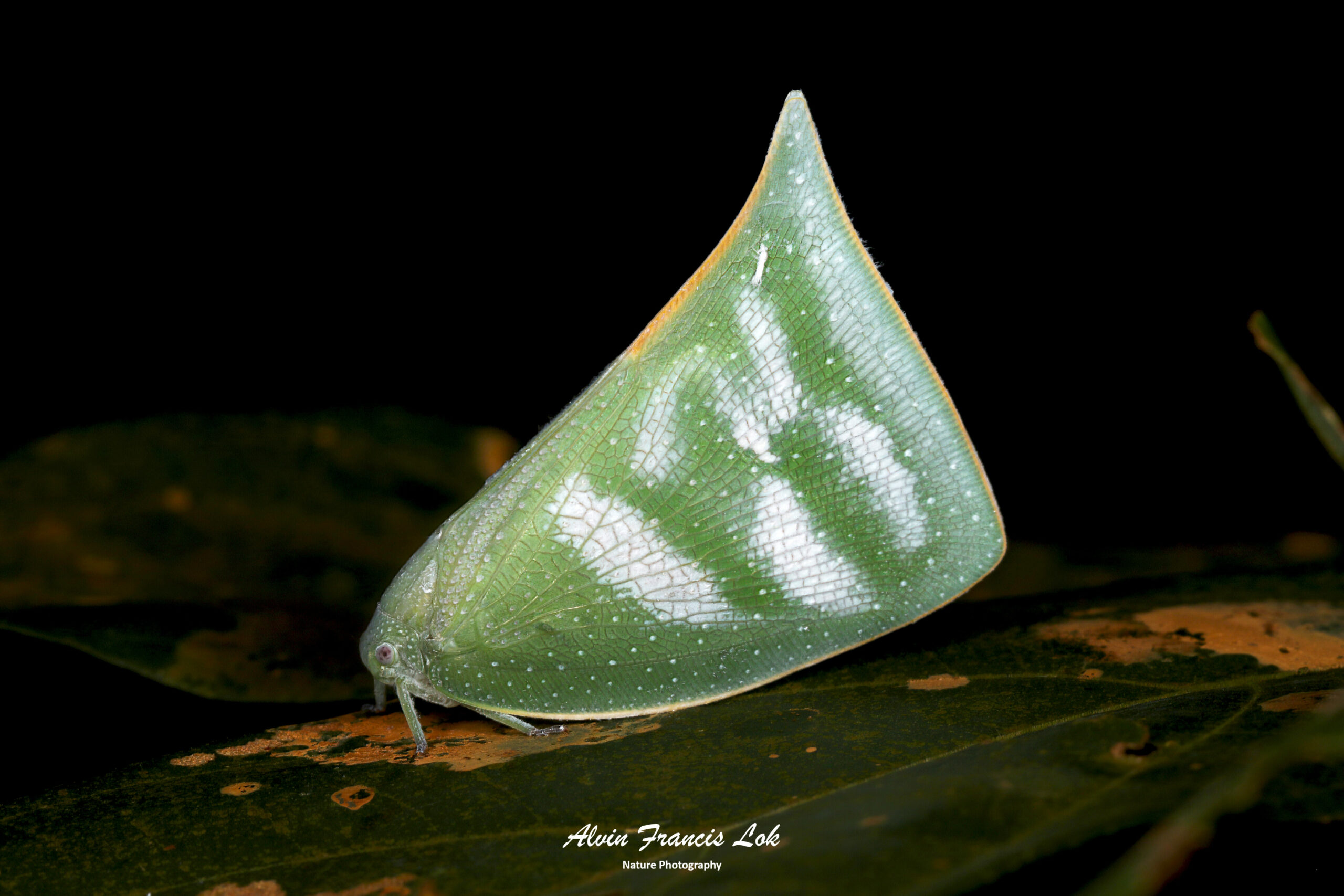
(Singapore)
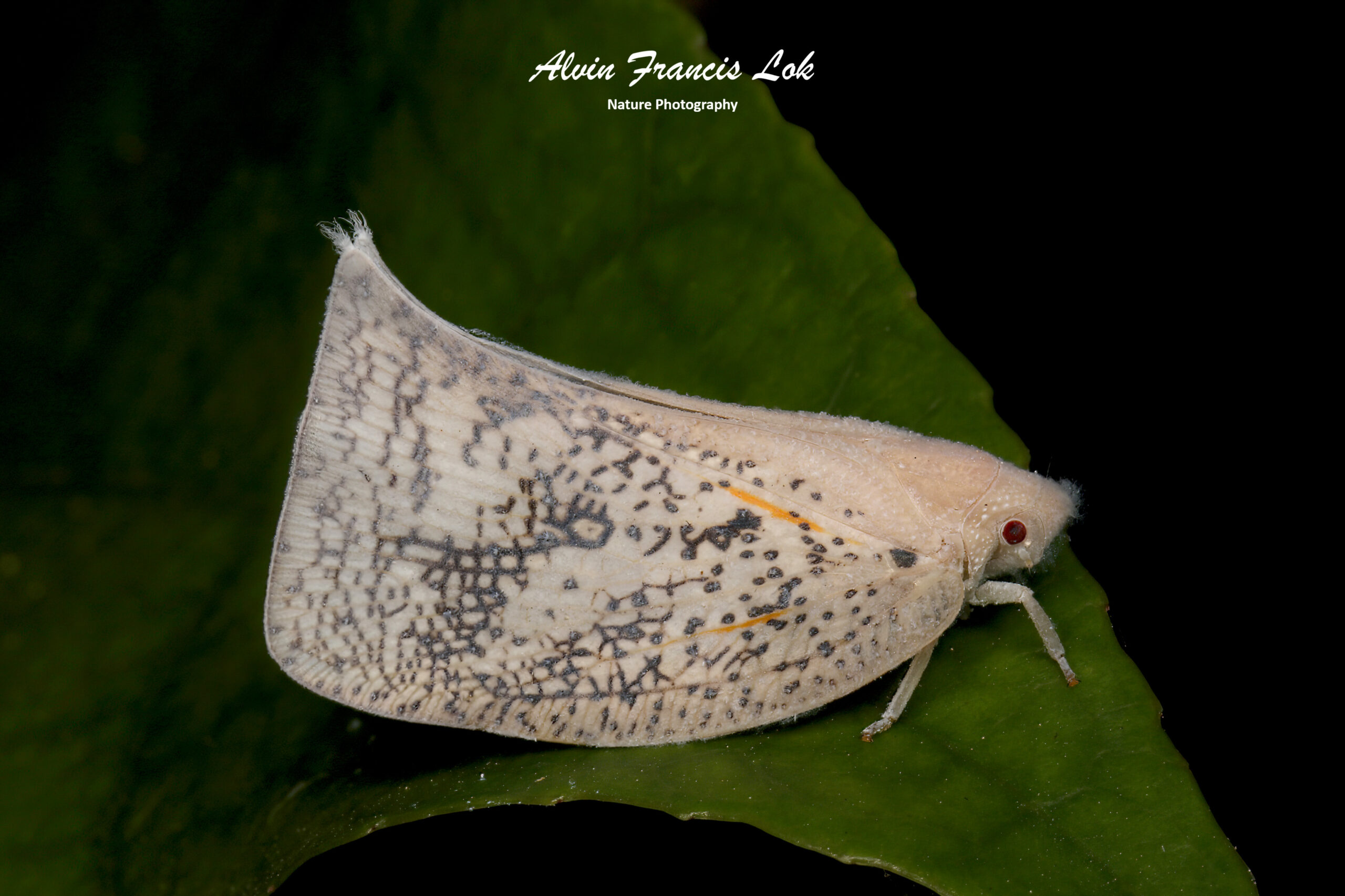
(Singapore)
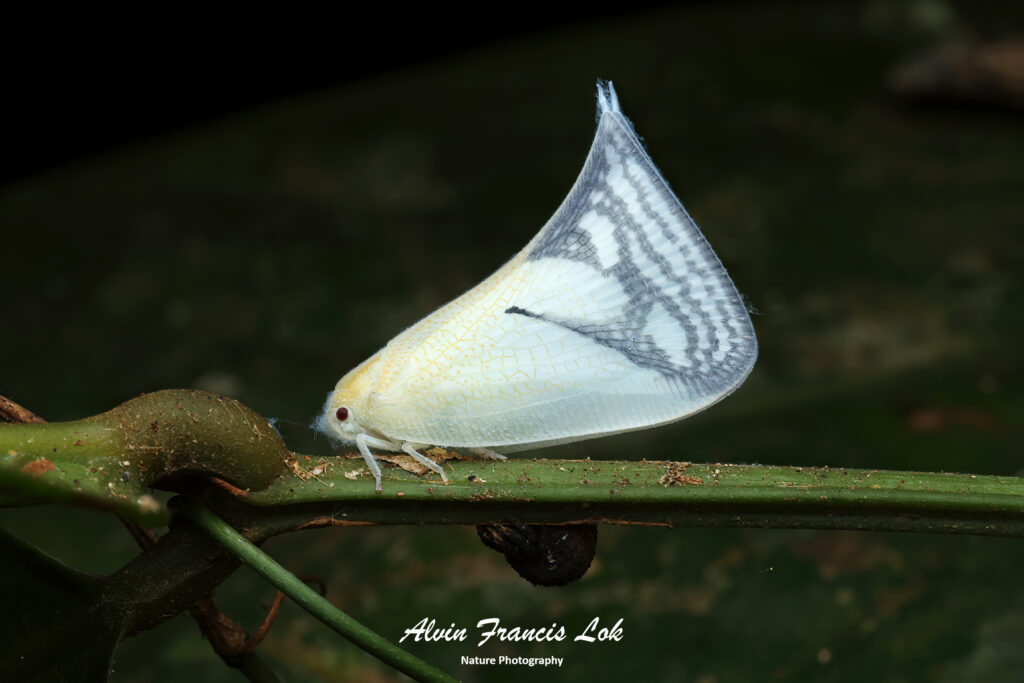
(Sabah, Malaysia)
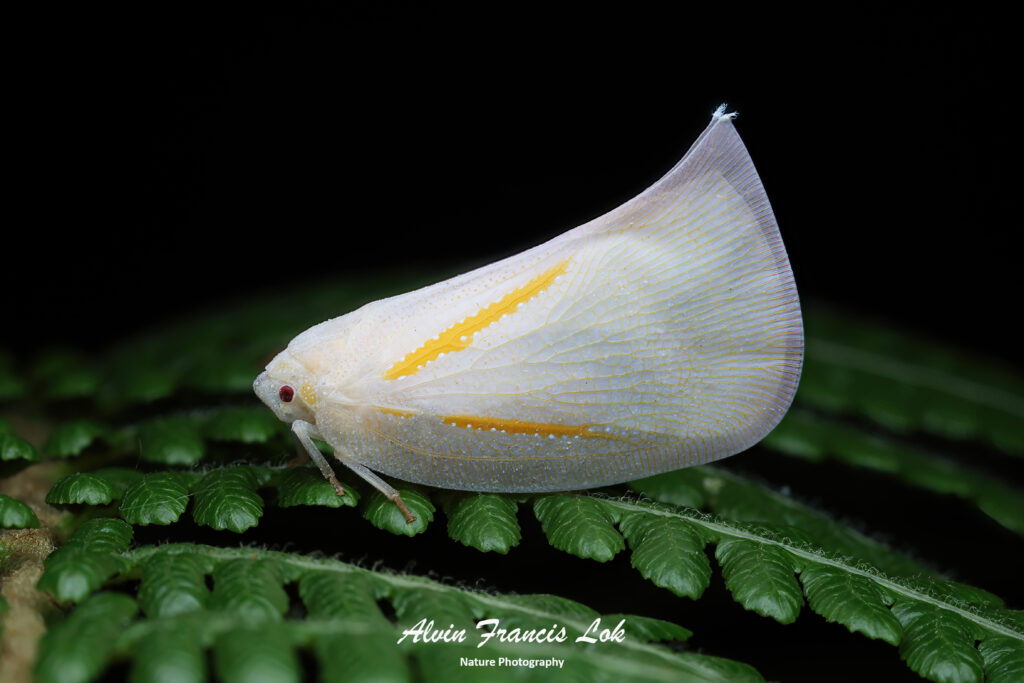
(Doi Inthanon NP, Thailand)
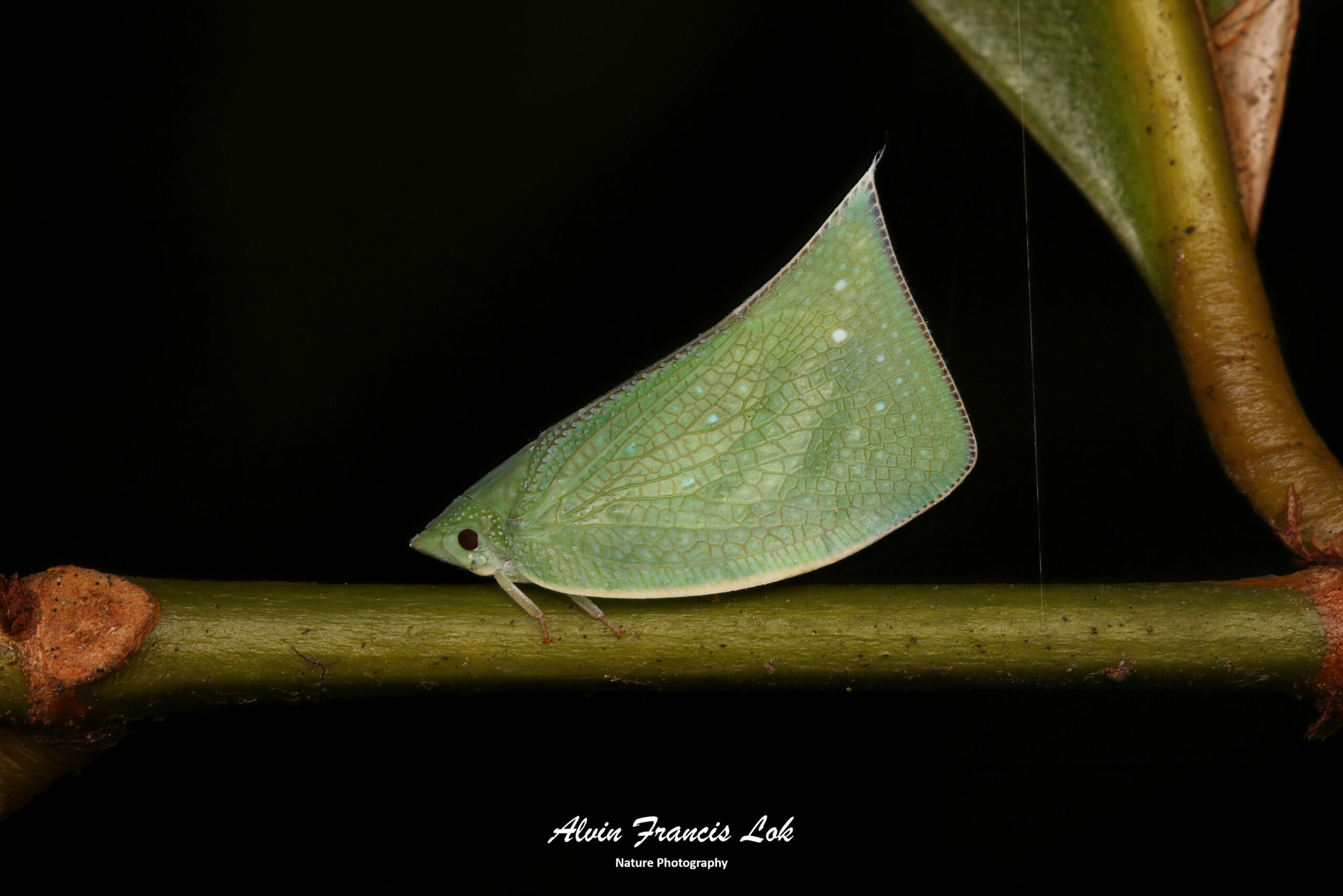
(Singapore)
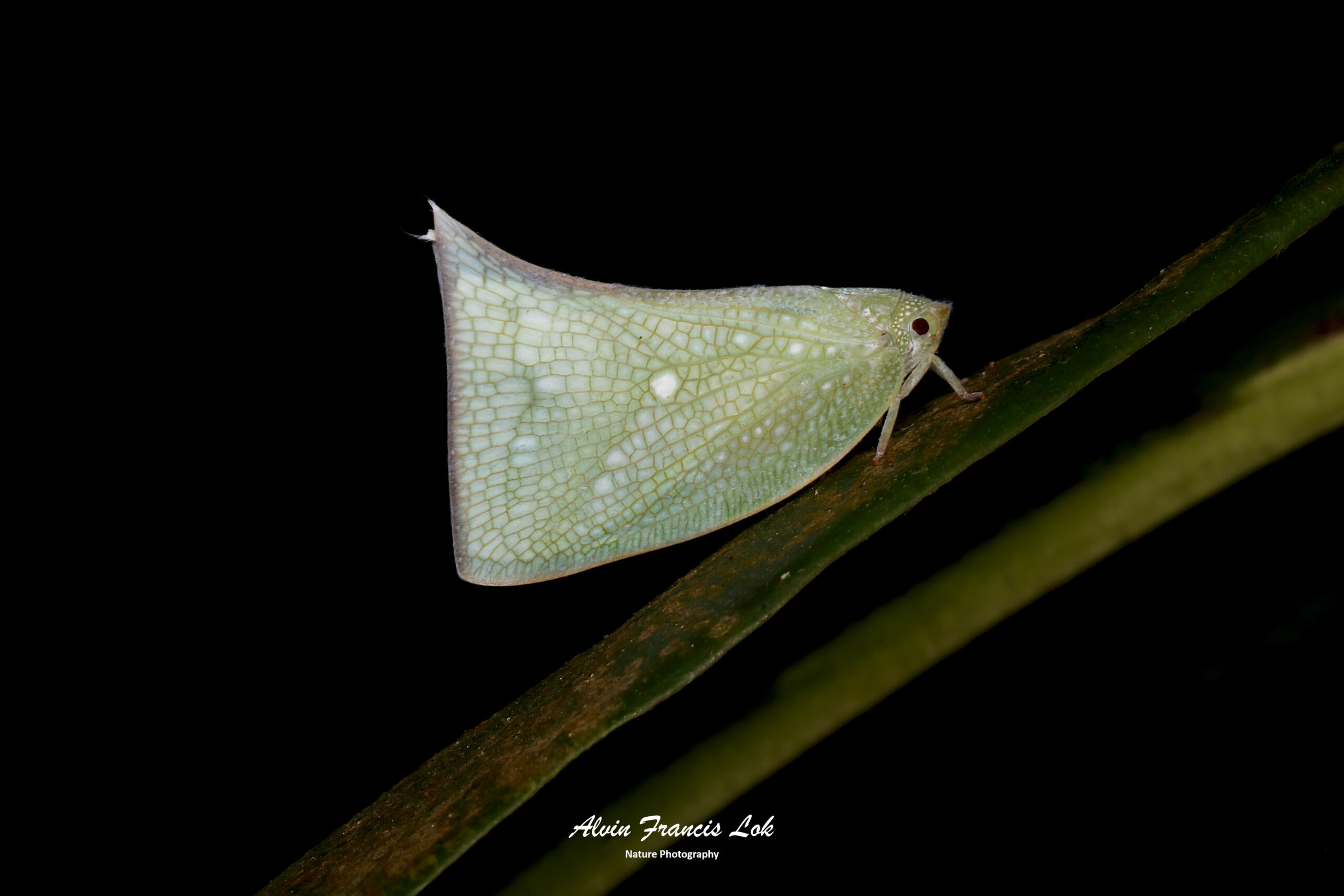
(Singapore)
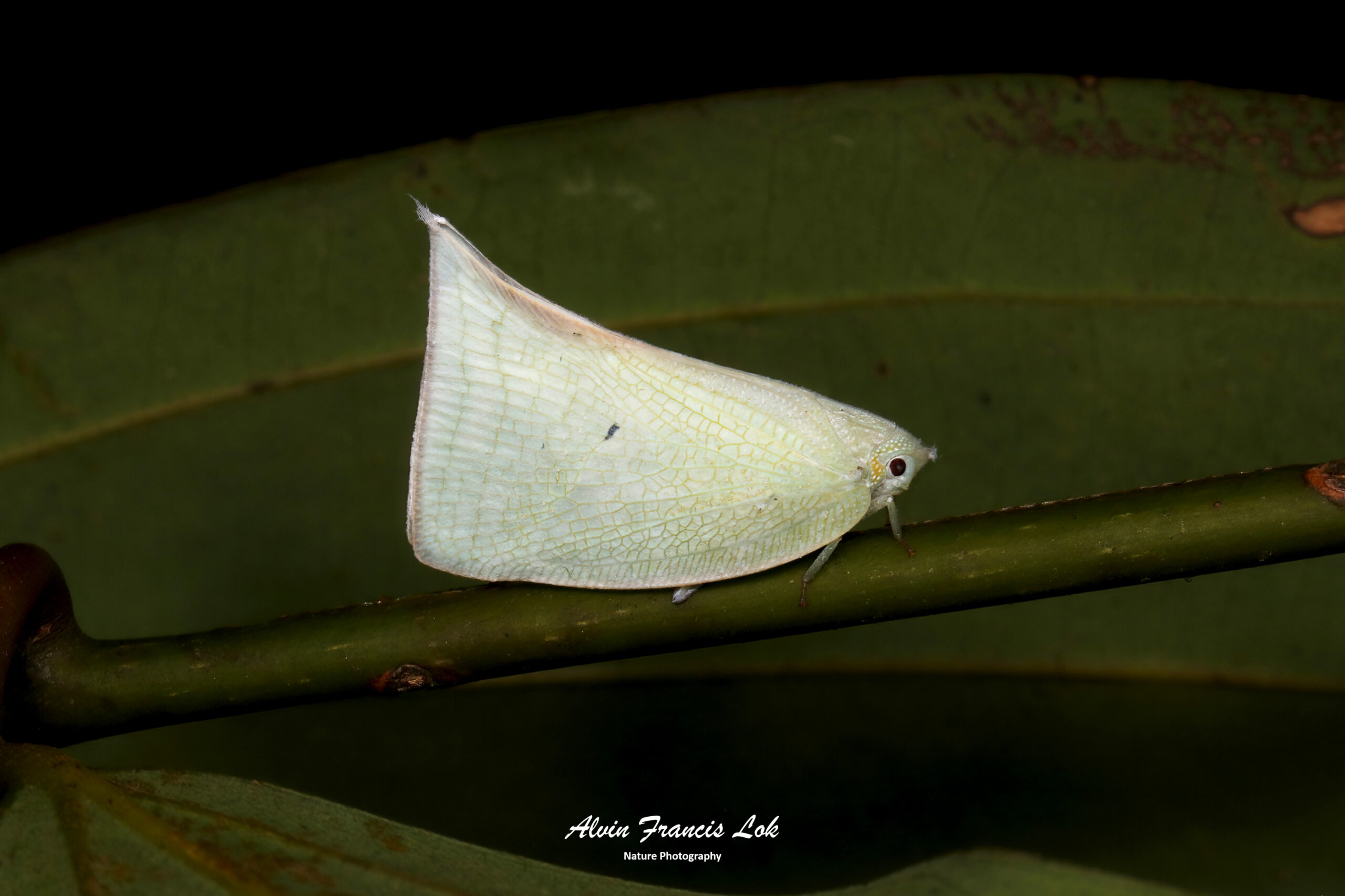
(Singapore)
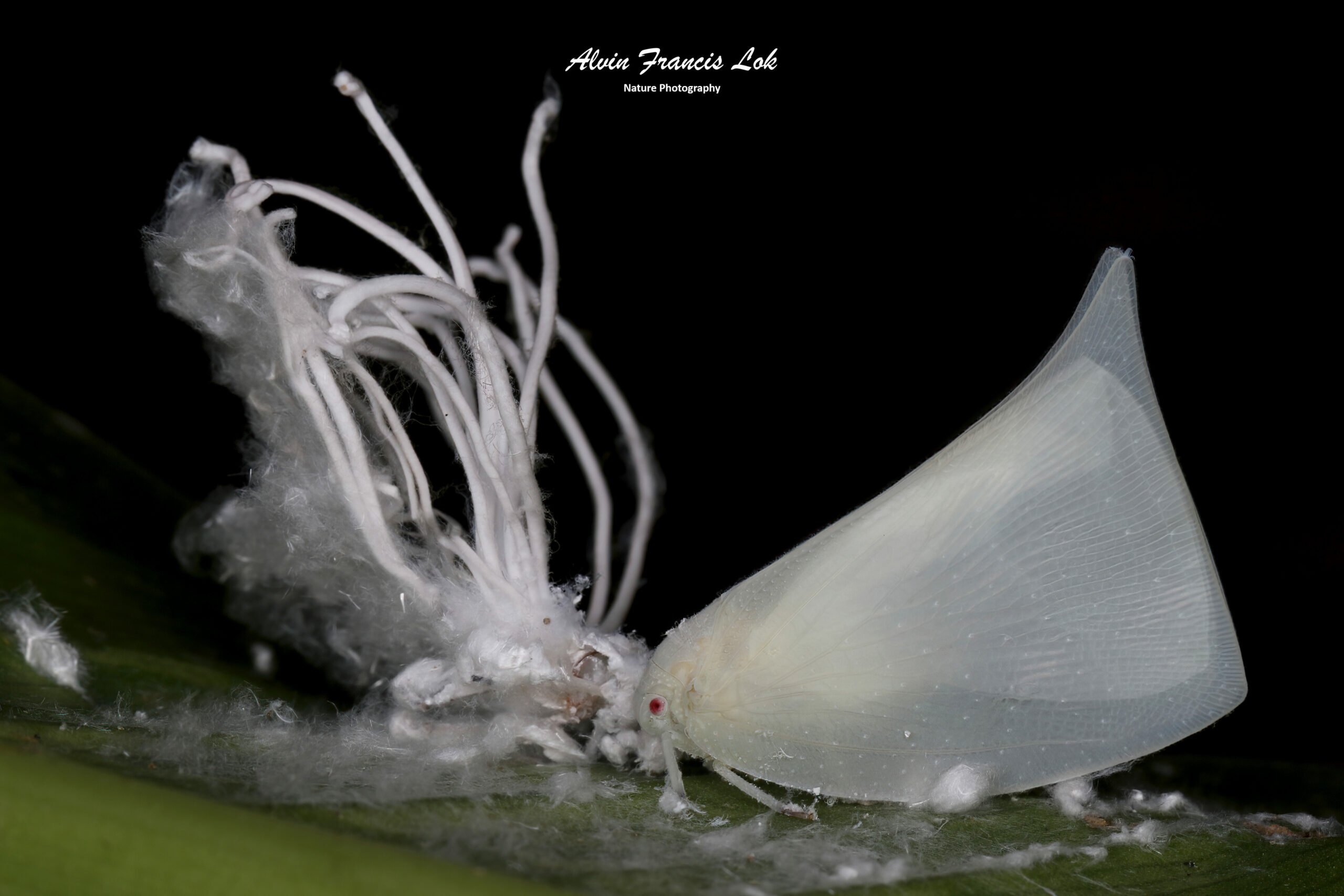
(Singapore)
Tribe Nephesini
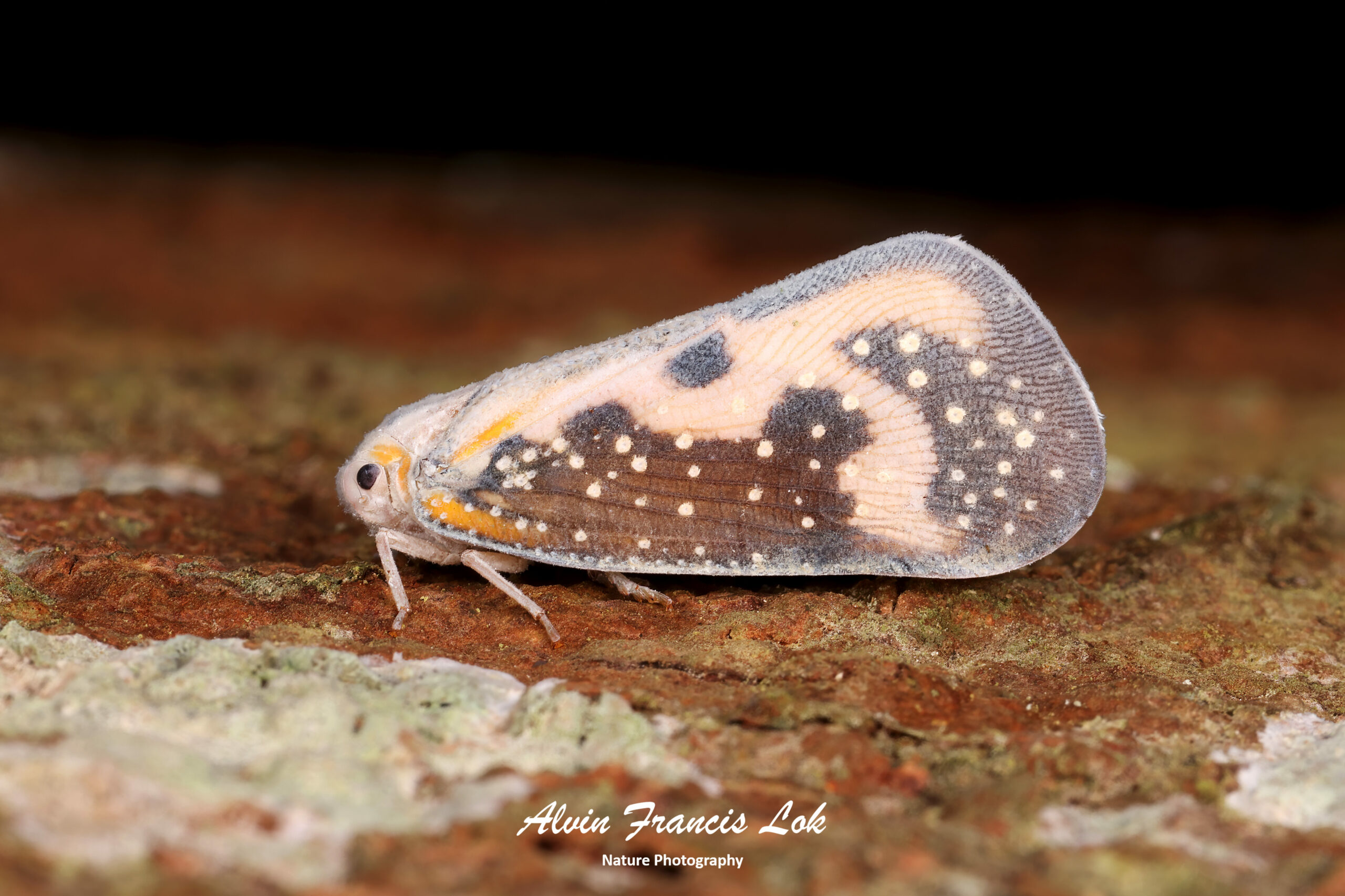
(Singapore)
Tribe Phromniini

(Sabah, Malaysia)

(Sarawak, Malaysia)
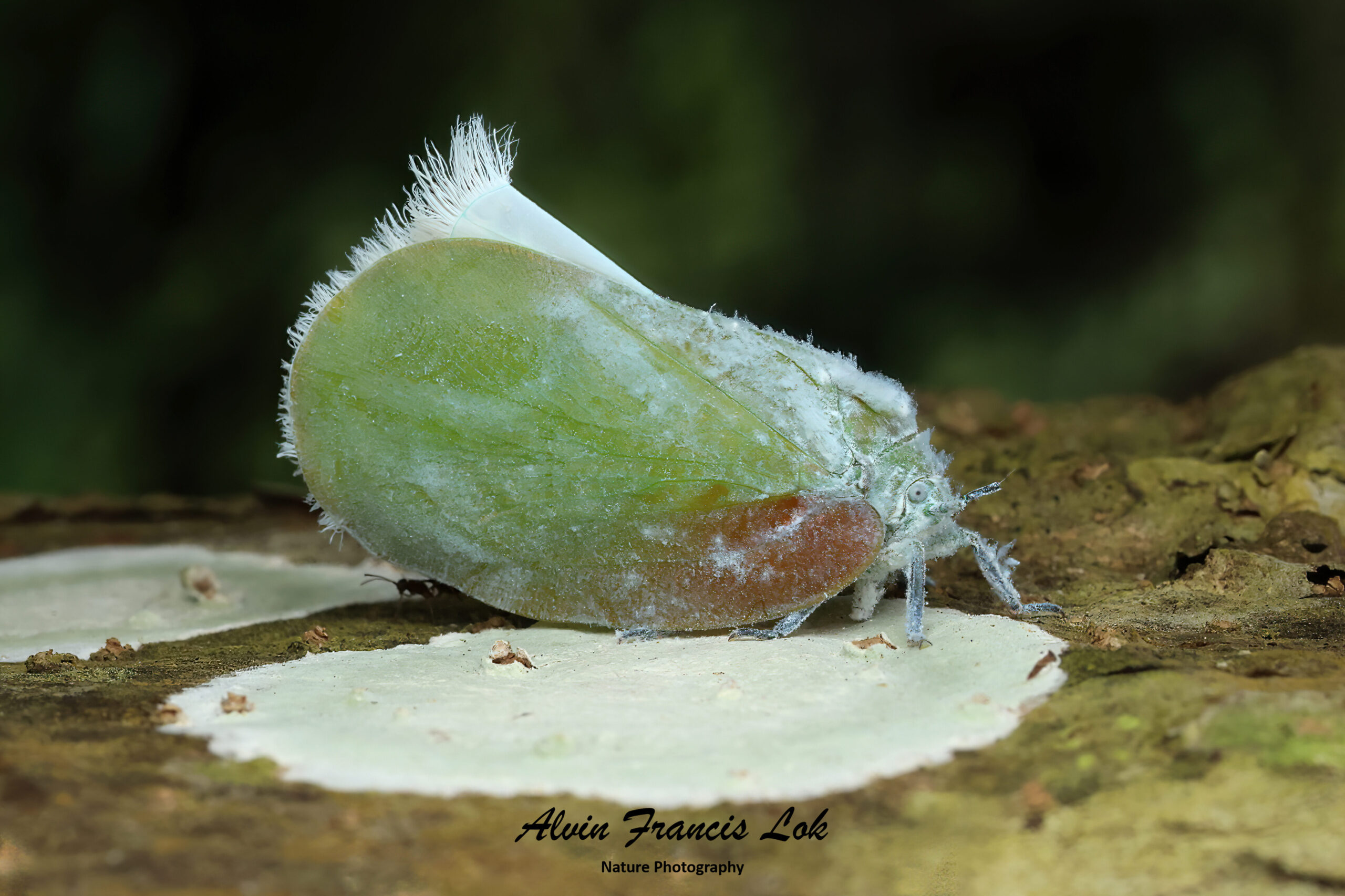
(Kaeng Krachan NP, Thailand)
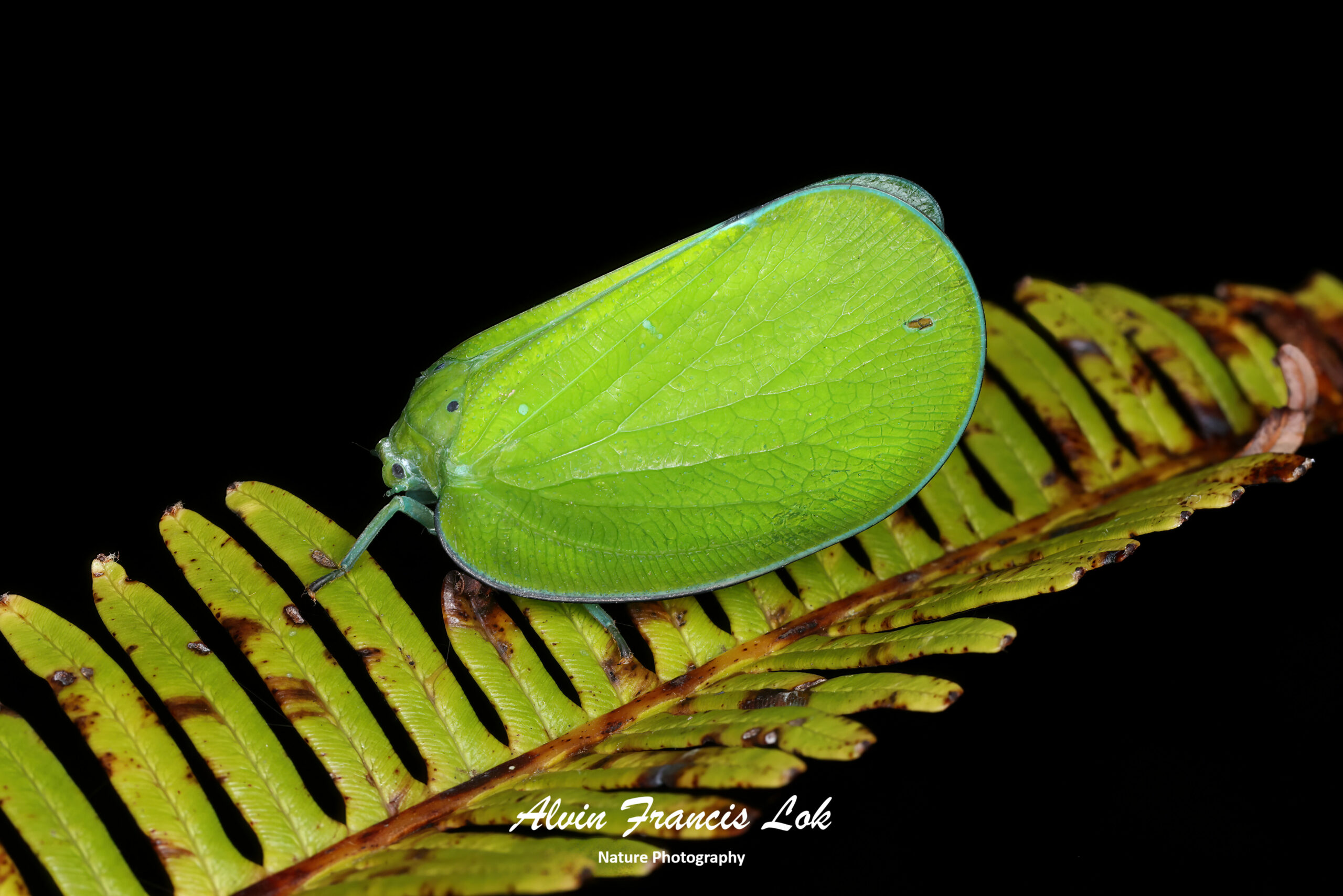
(Sabah, Malaysia)
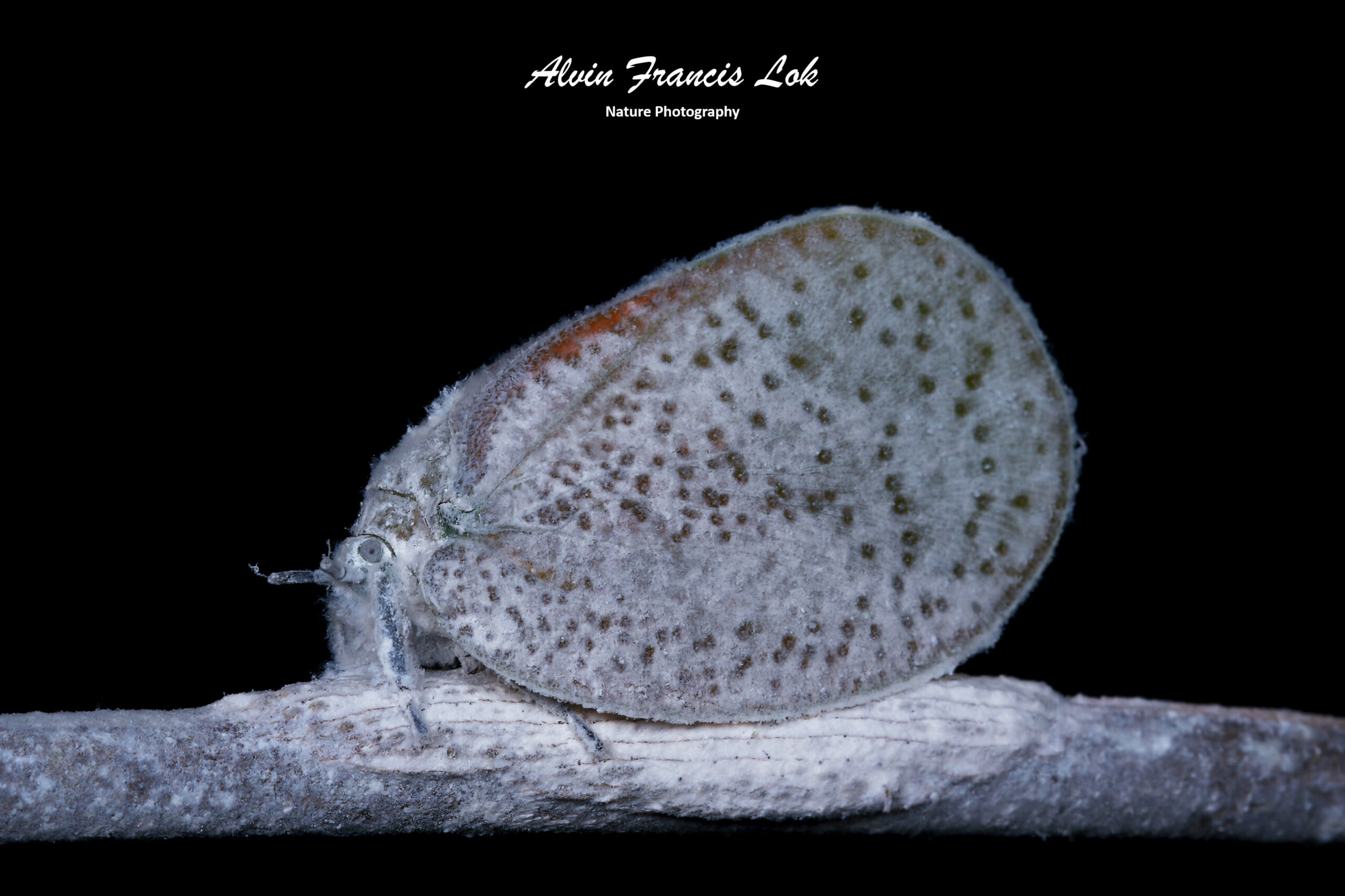
(Johor, Malaysia)
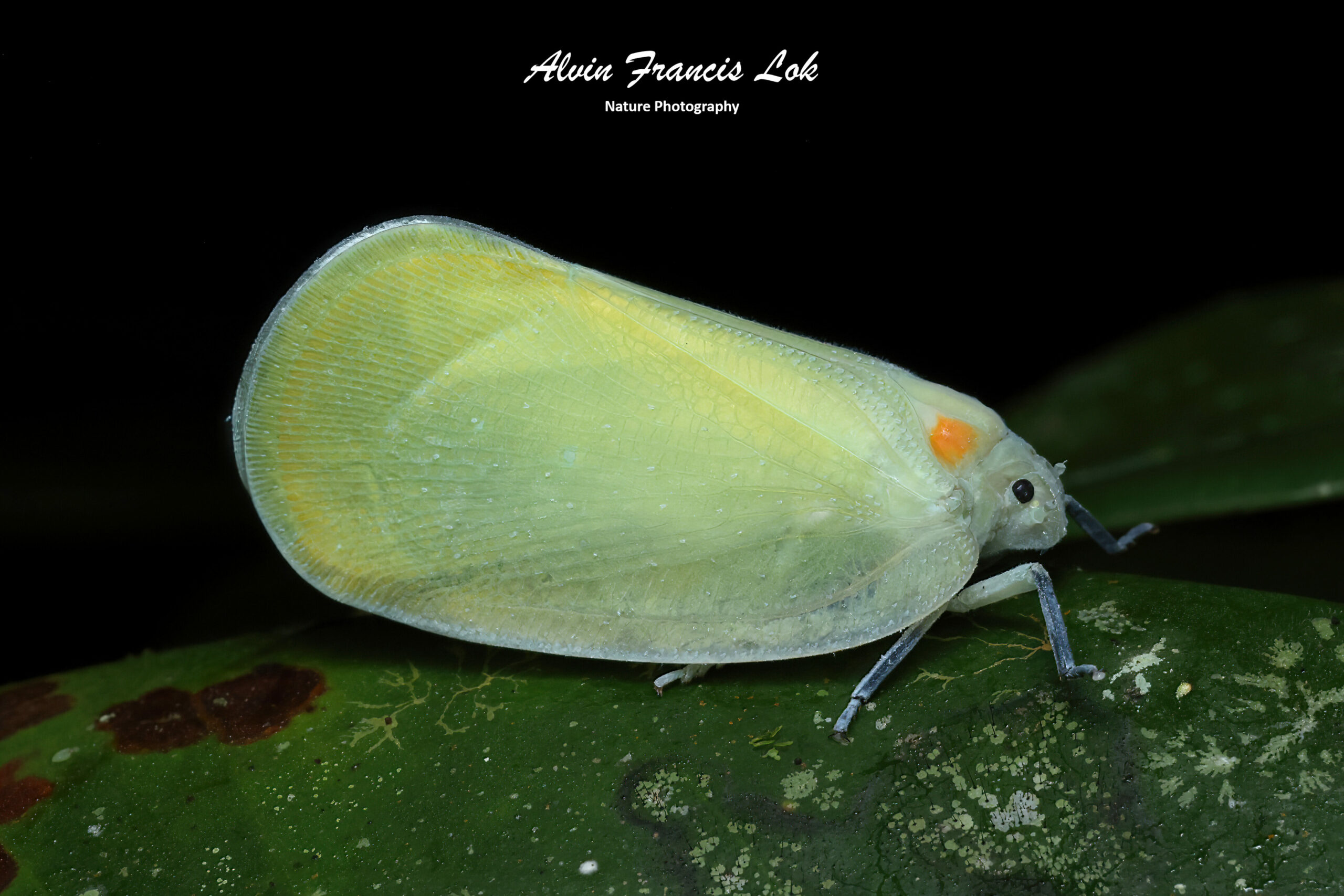
(Sarawak, Malaysia)
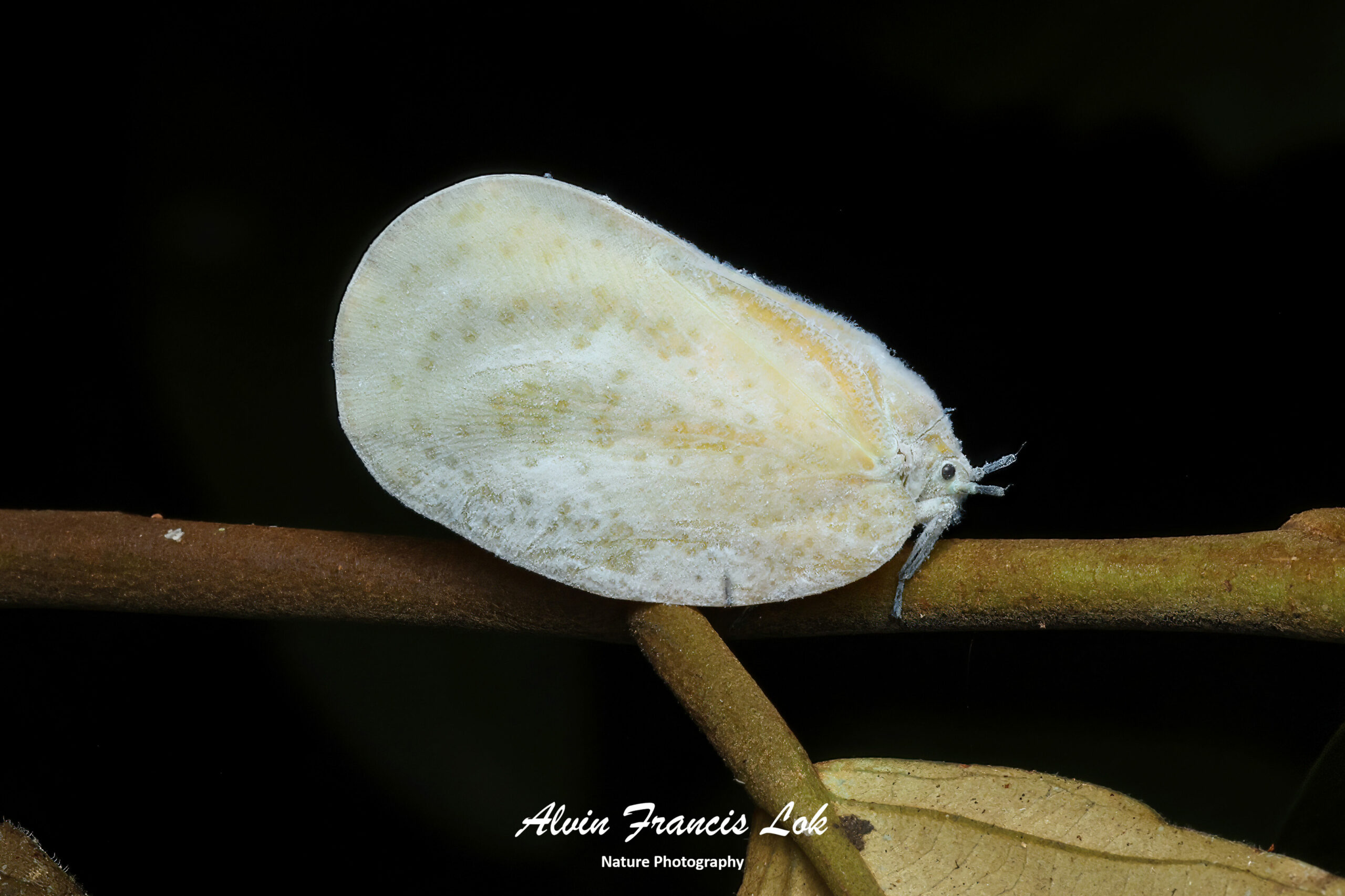
(Sarawak, Malaysia)
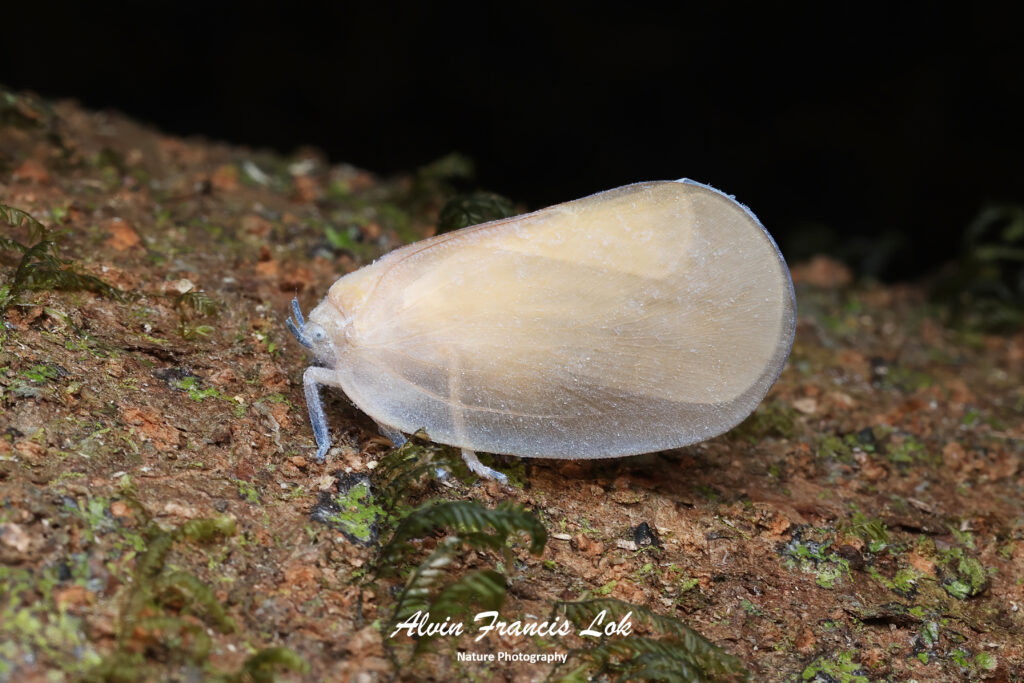
(Doi Inthanon NP, Thailand)
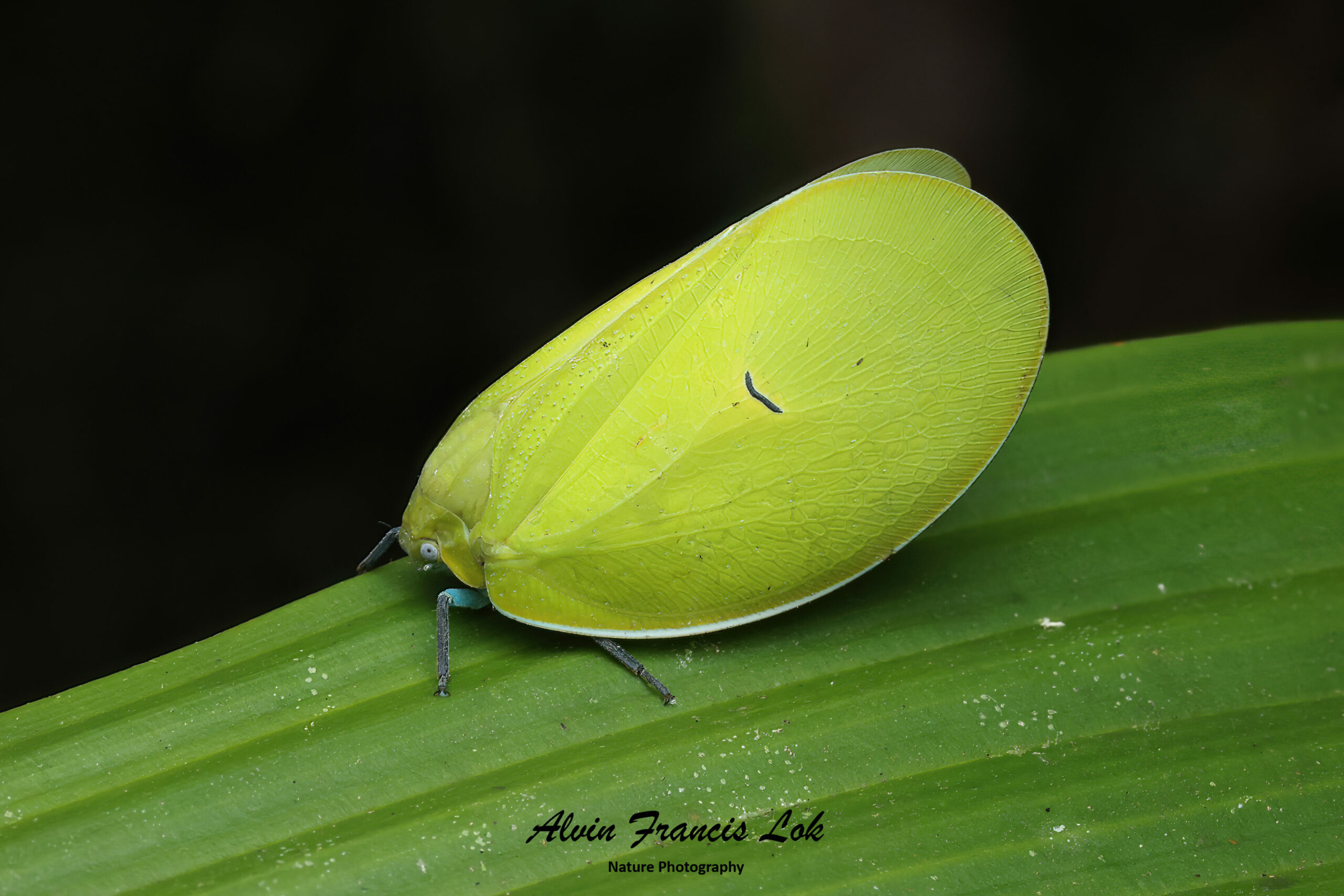
(Sabah, Malaysia)
Tribe Phyllyphantini
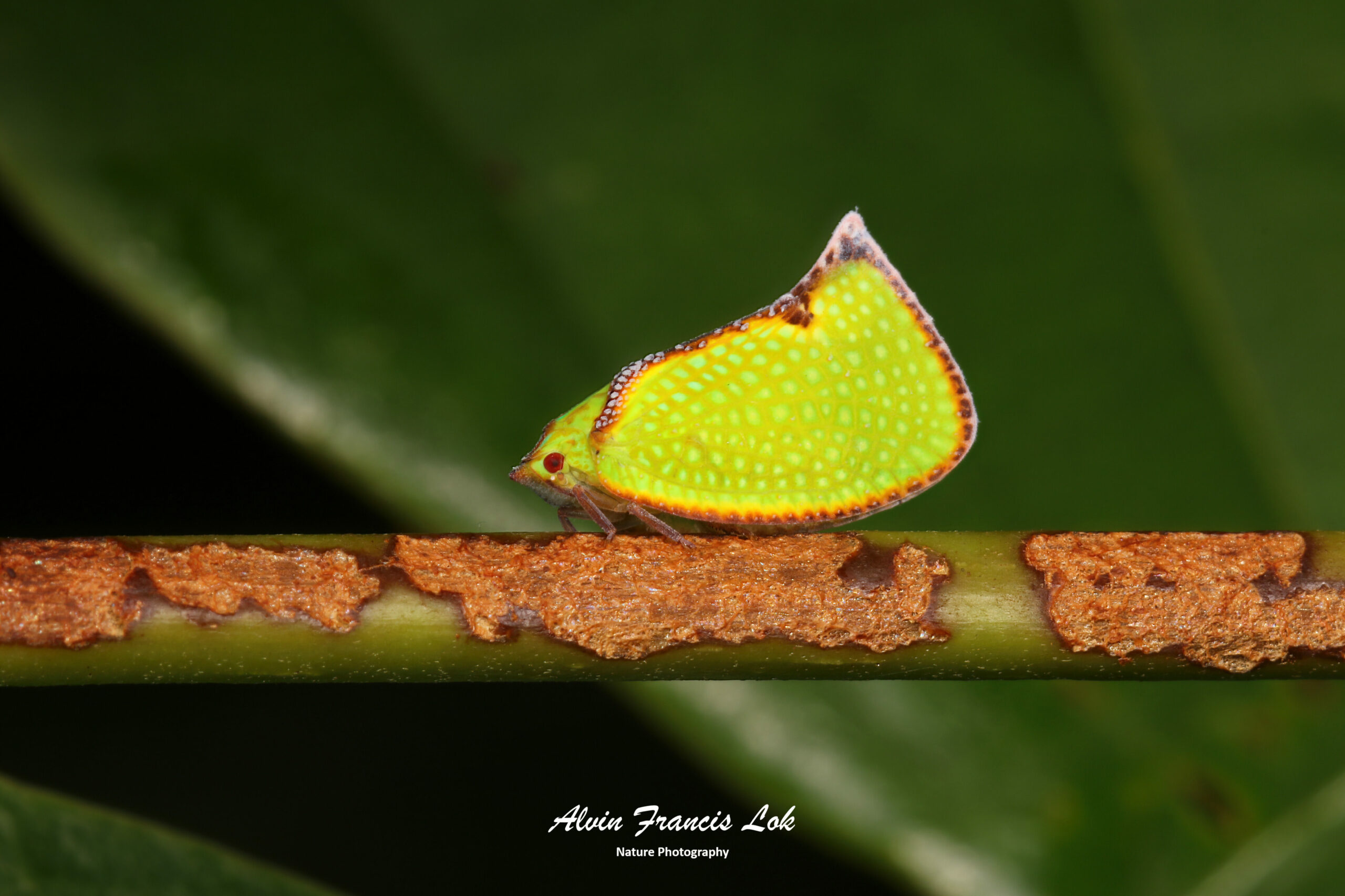
(Singapore)
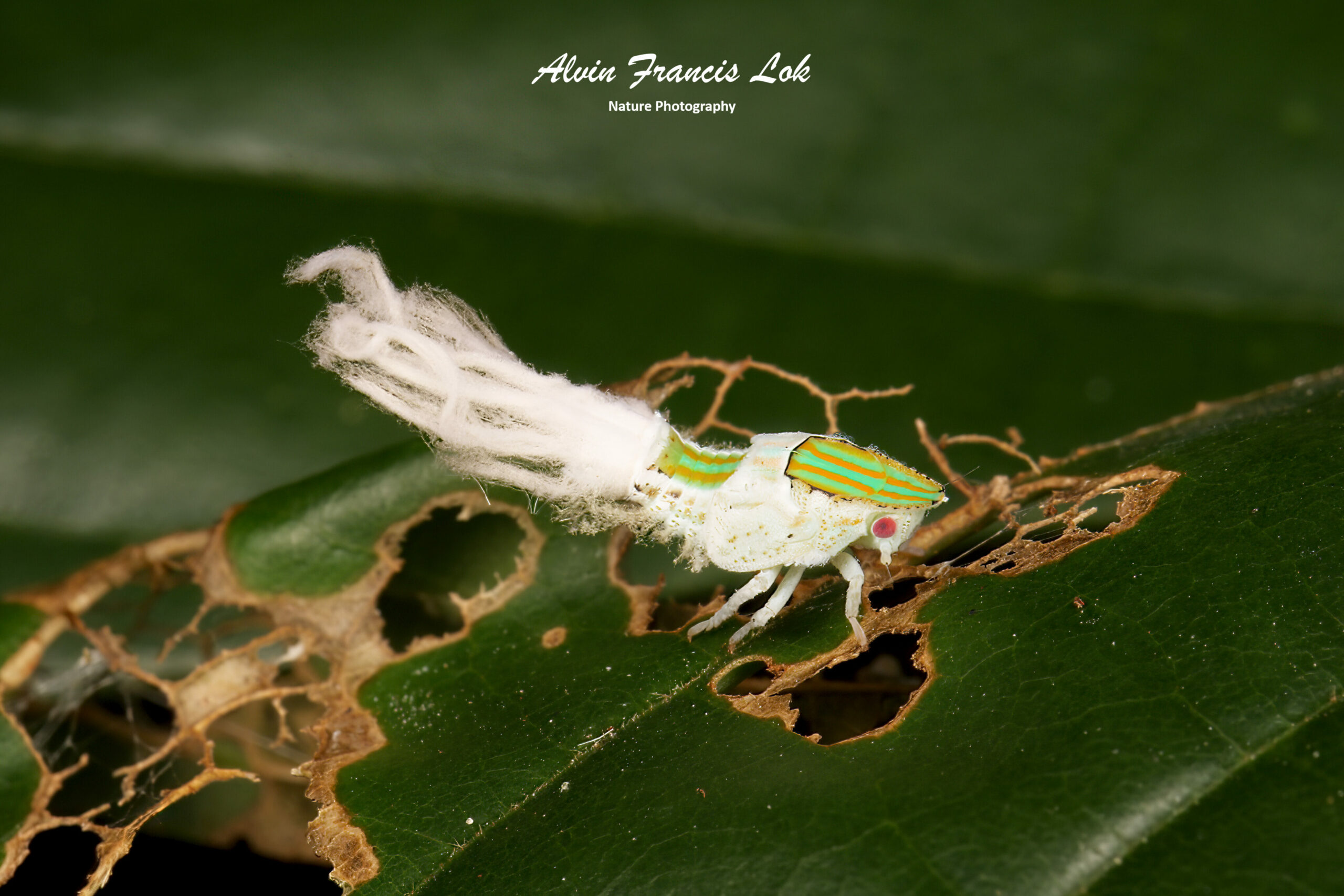
(Singapore)
Tribe Selizini
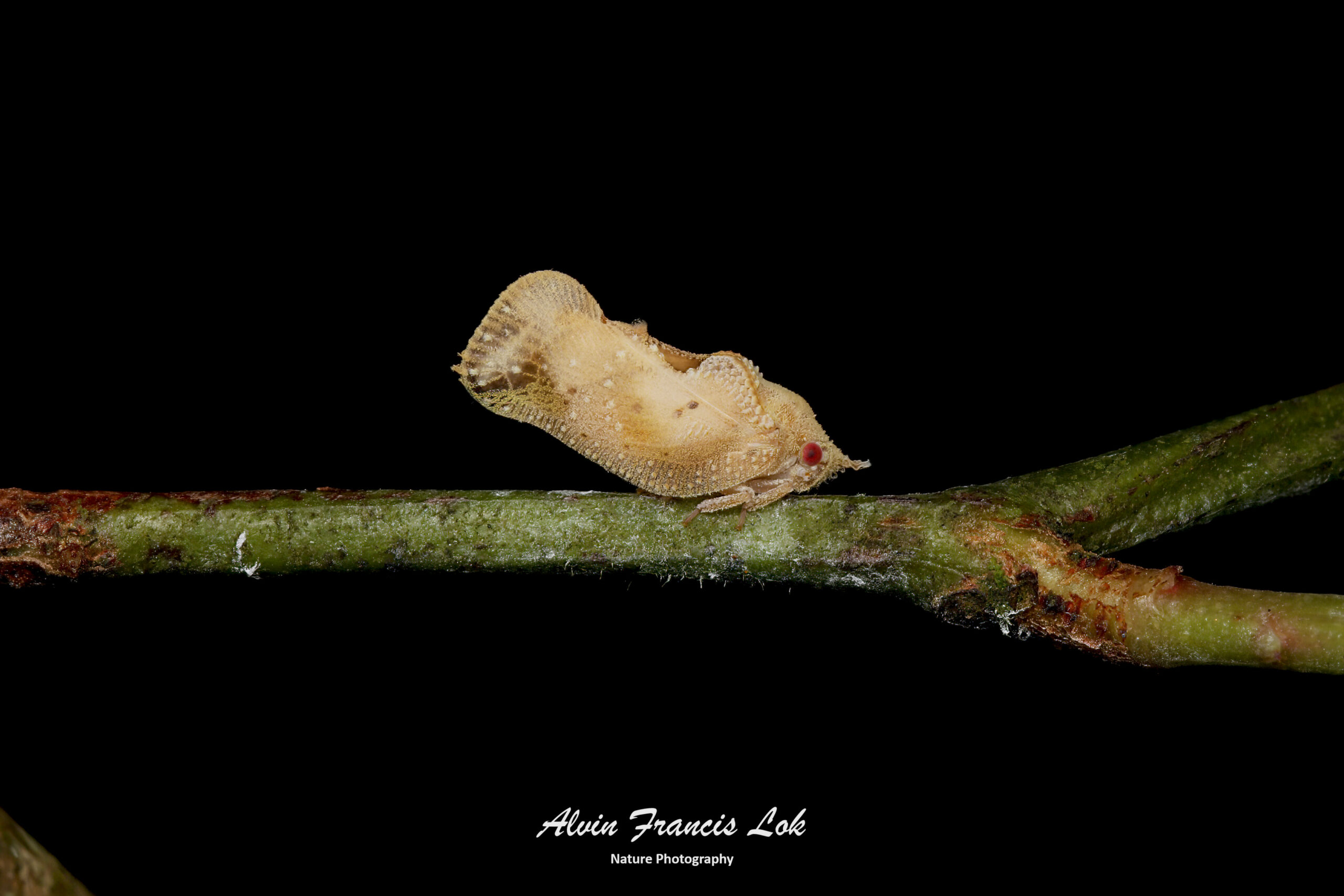
(Singapore)
Unidentified Flatinae
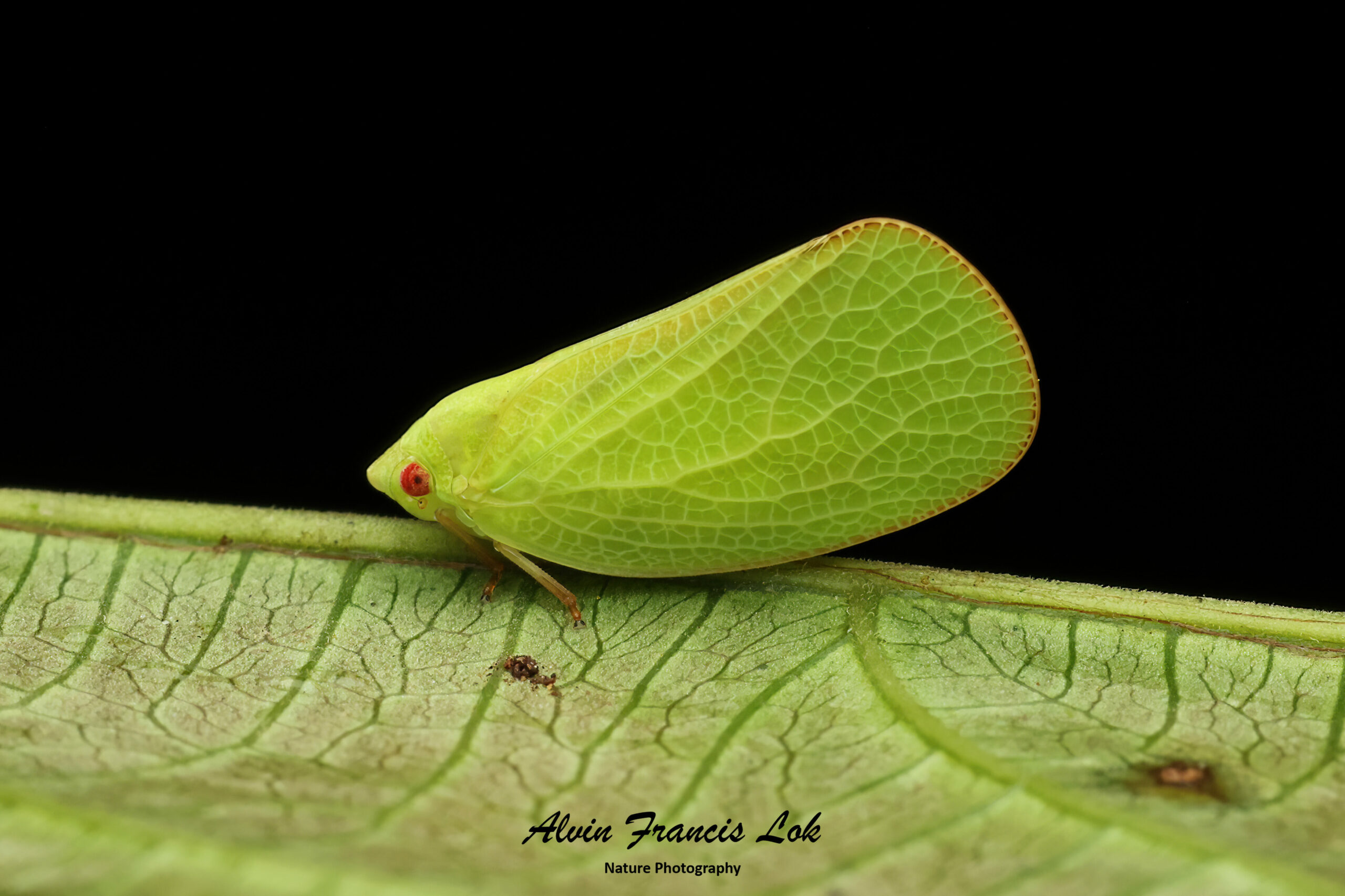
(Milpe, Ecuador)
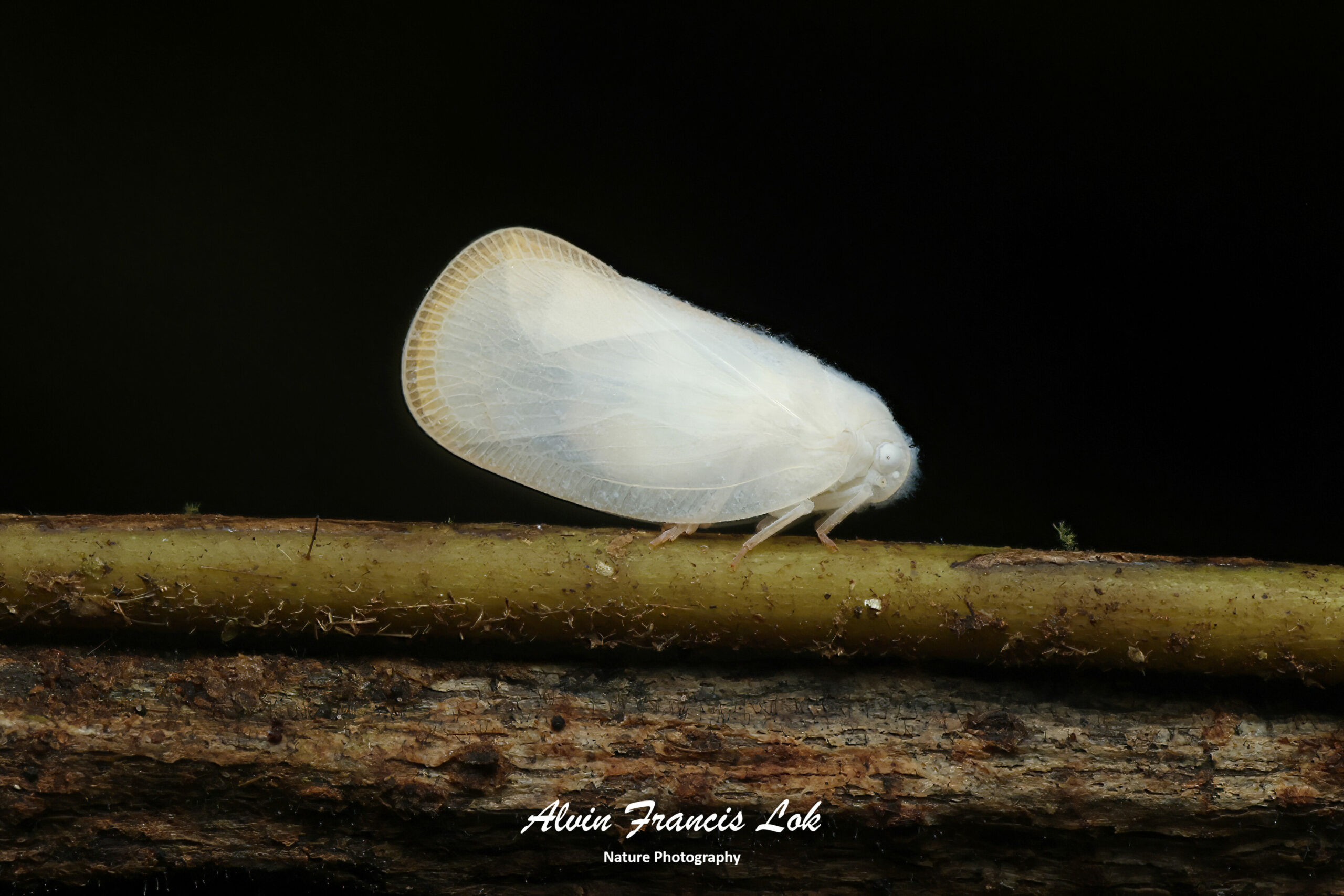
(Sarawak, Malaysia)
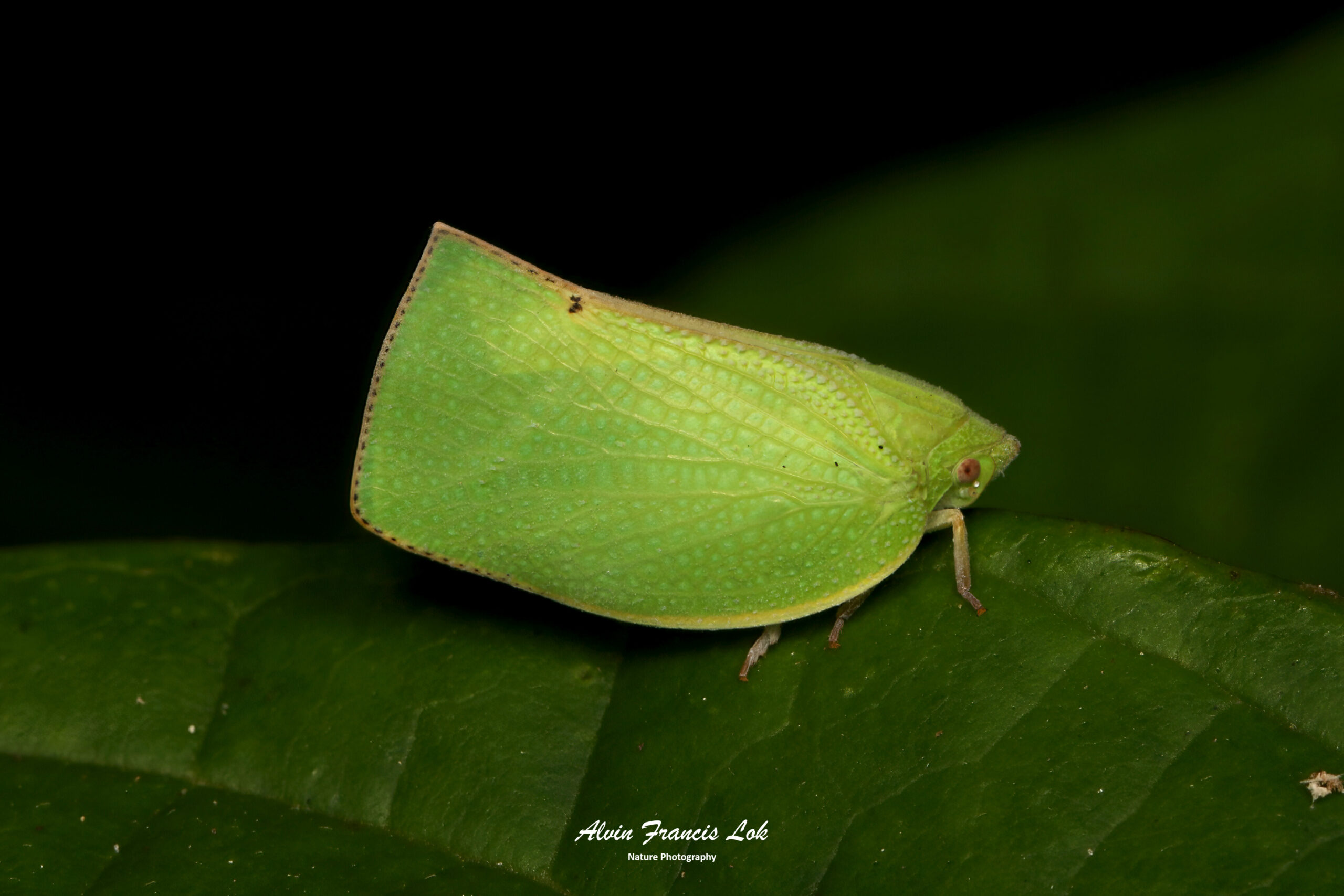
(Singapore)
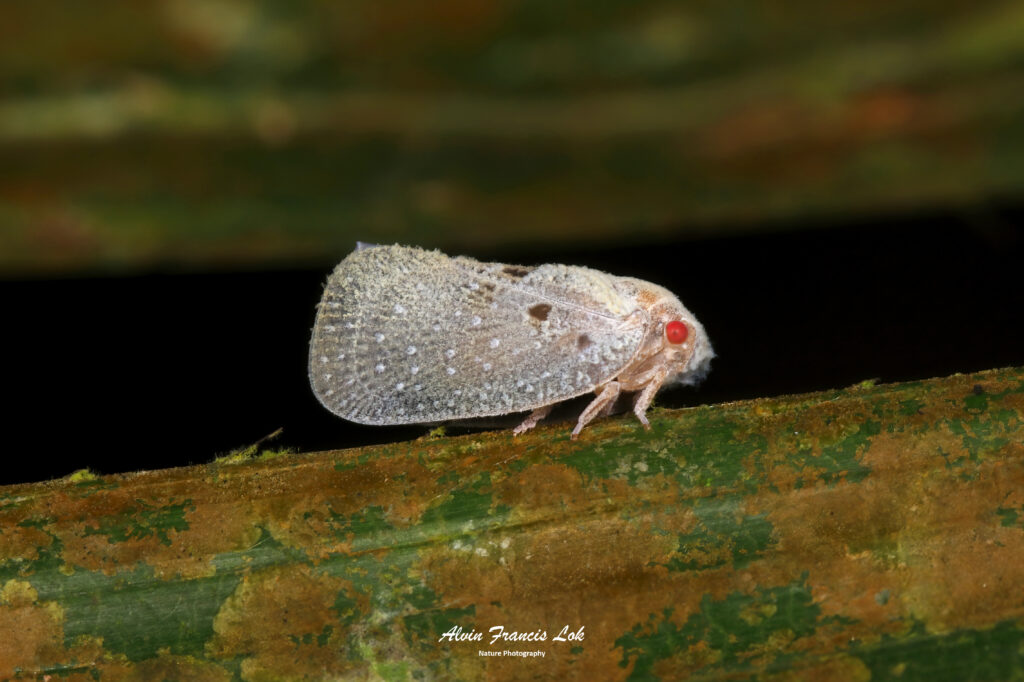
(Singapore)
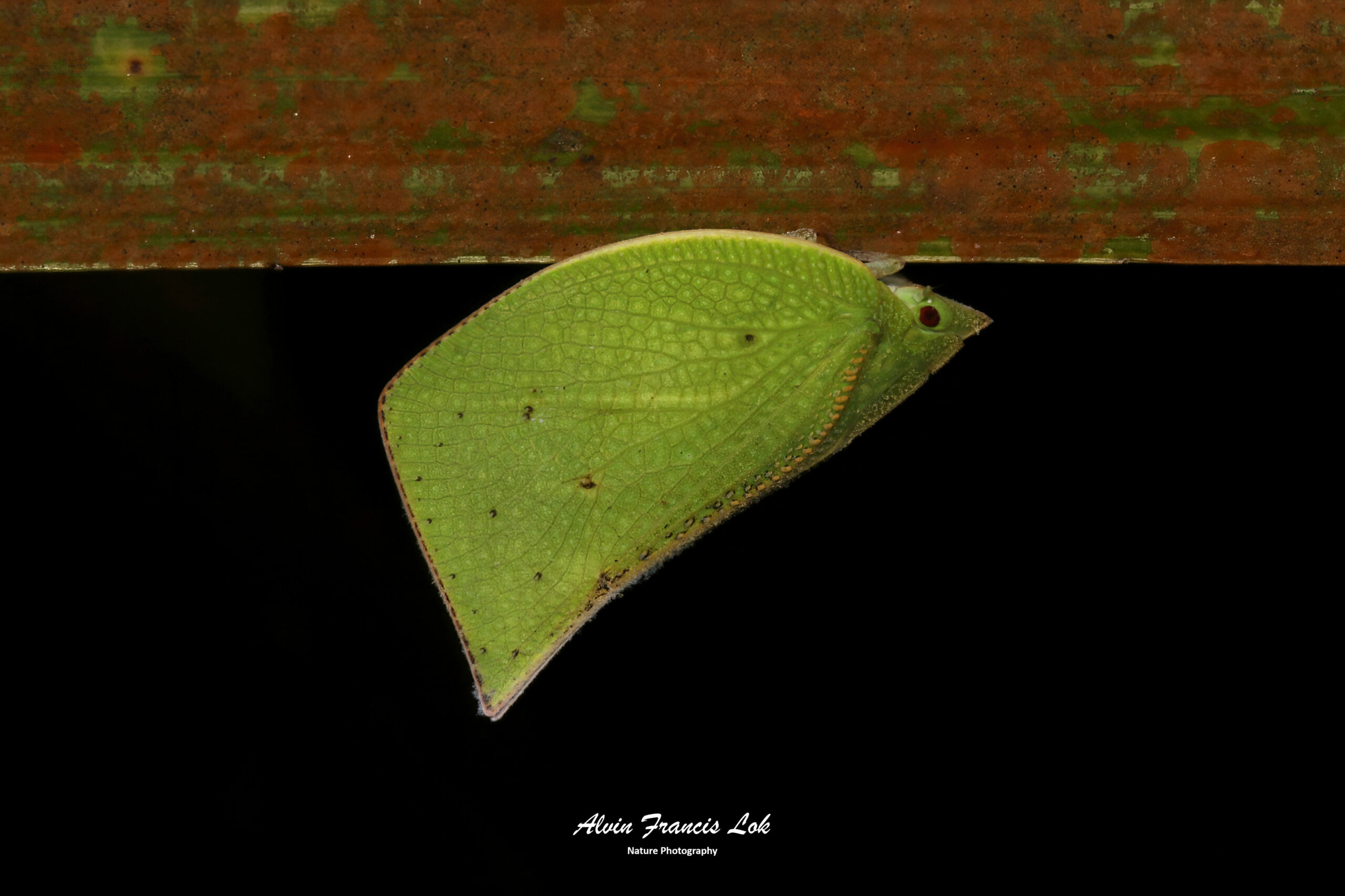
(Singapore)
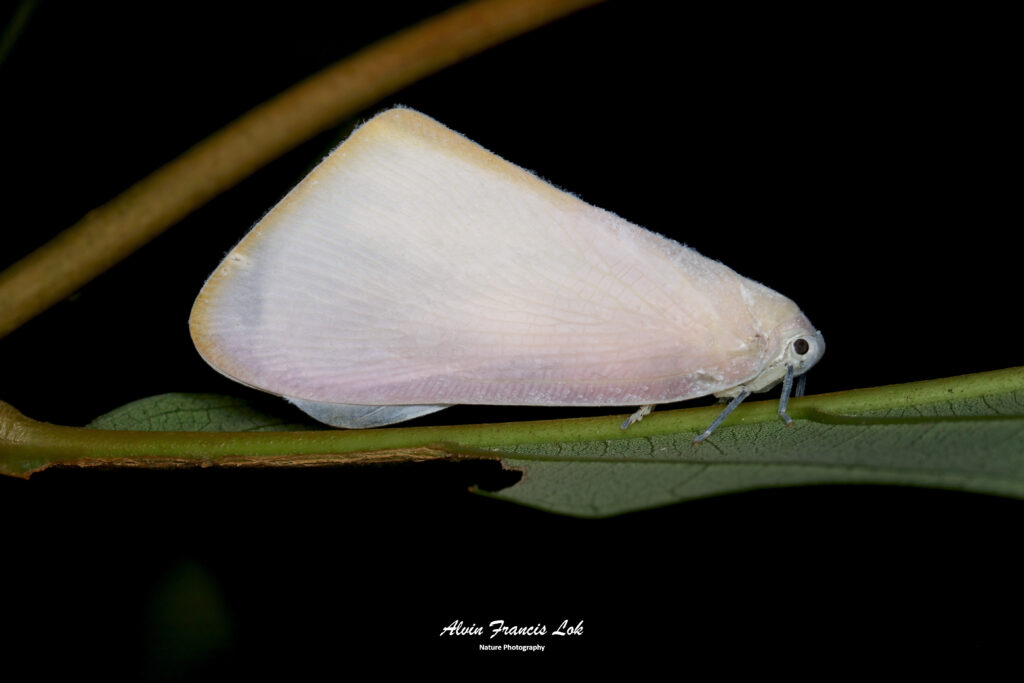
(Singapore)
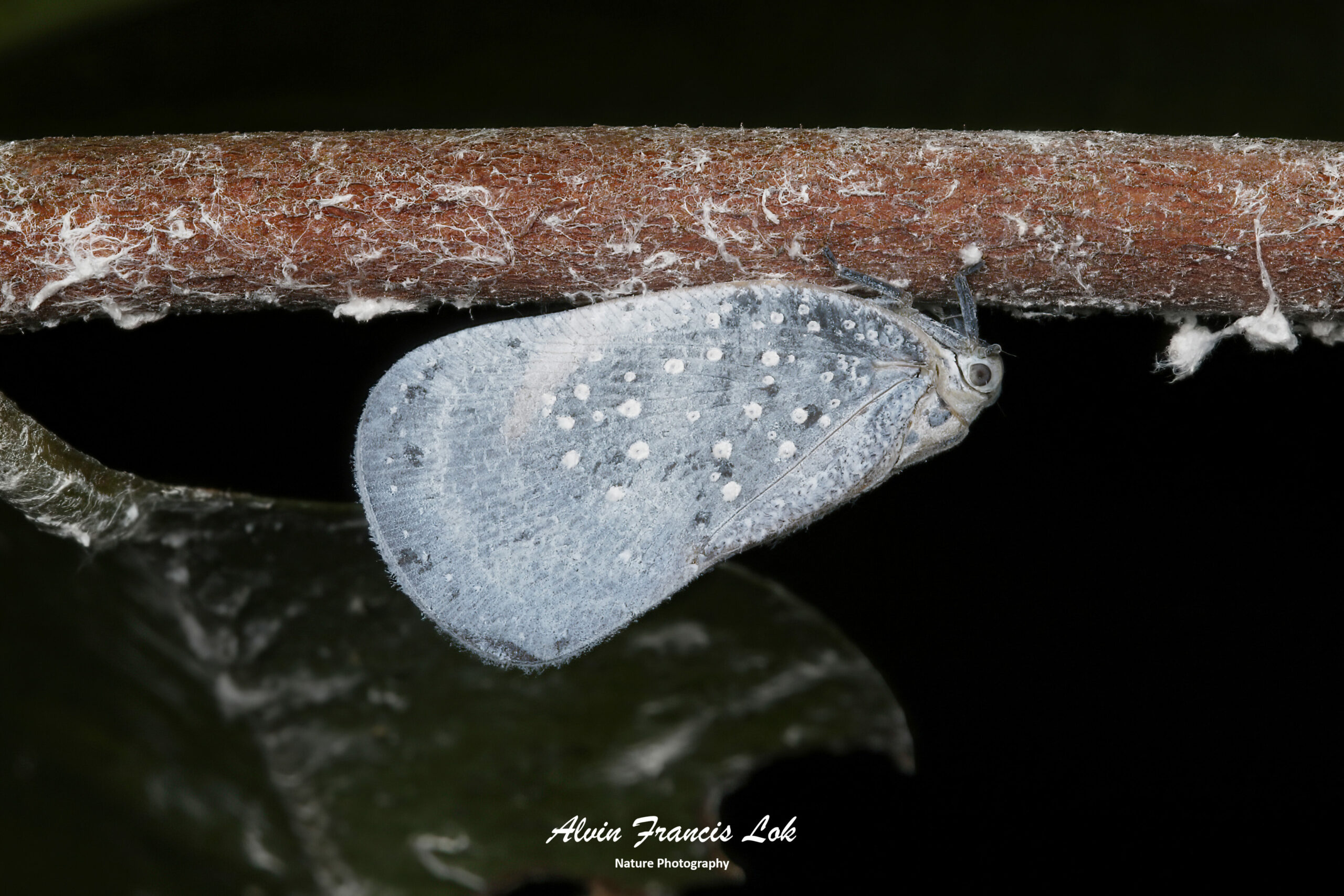
(Singapore)
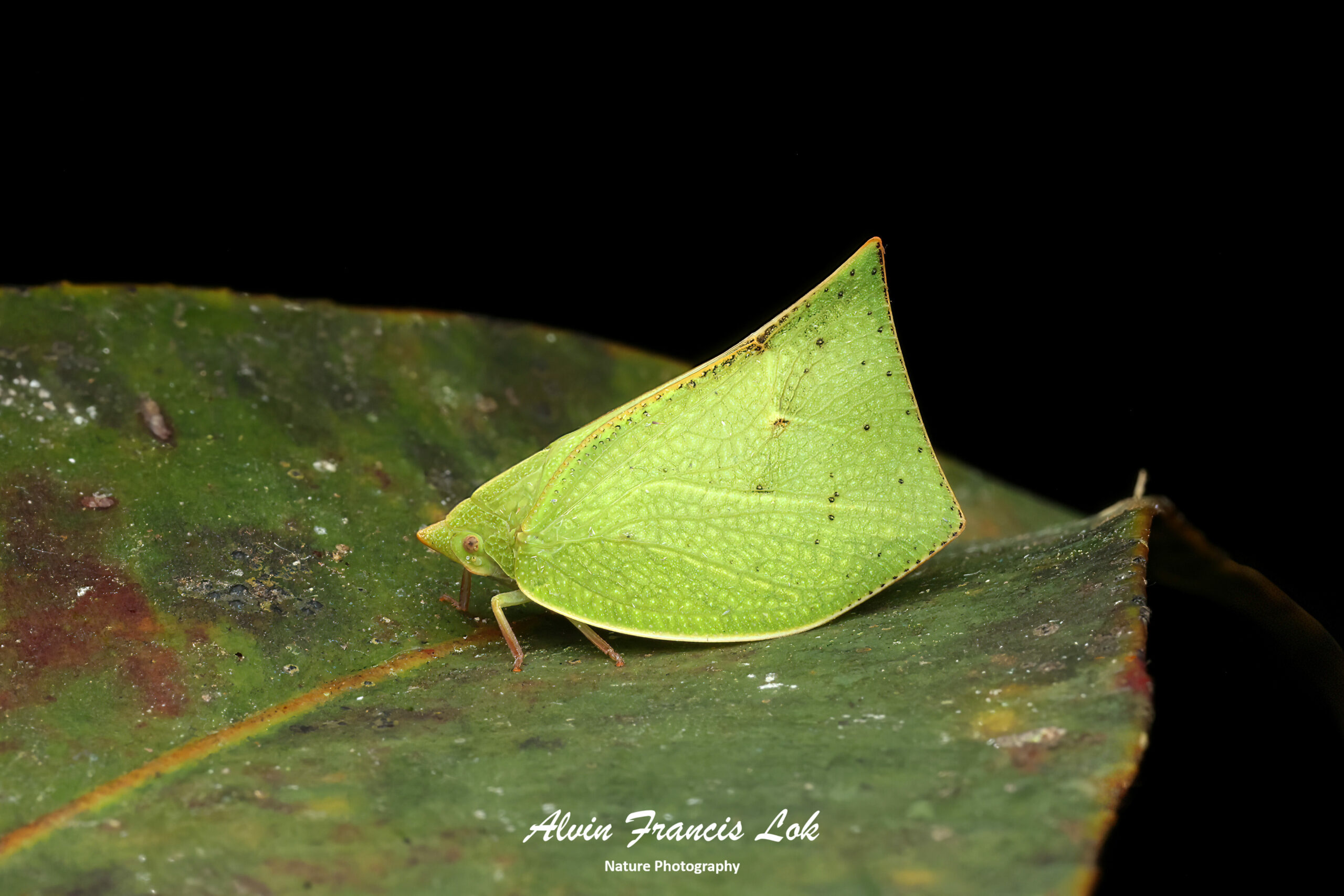
(Sabah, Malaysia)
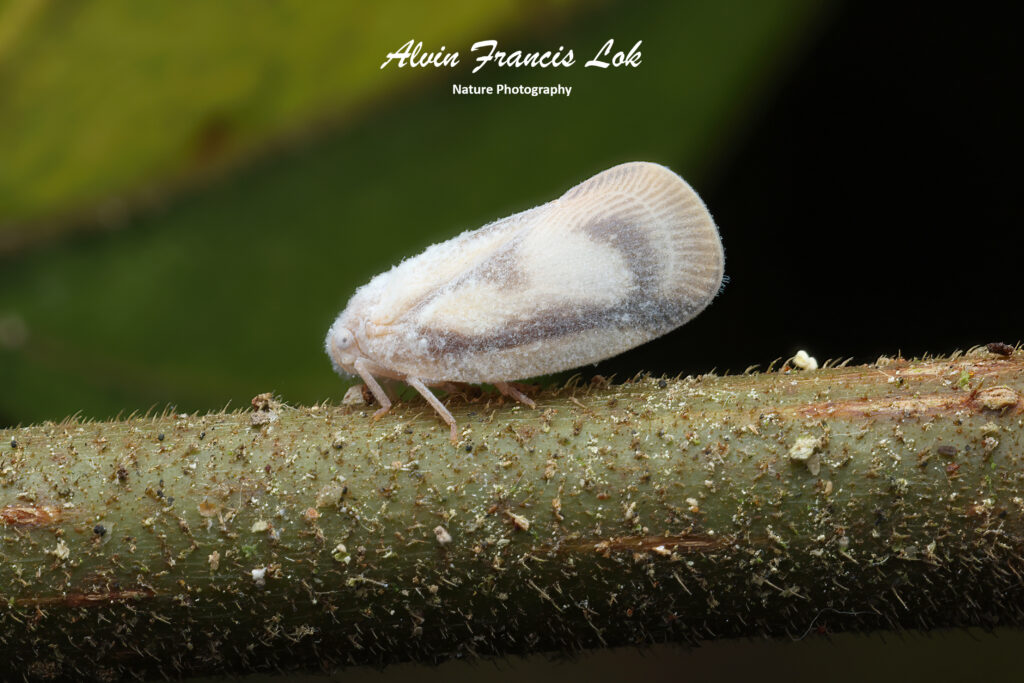
(Doi Inthanon NP, Thailand)
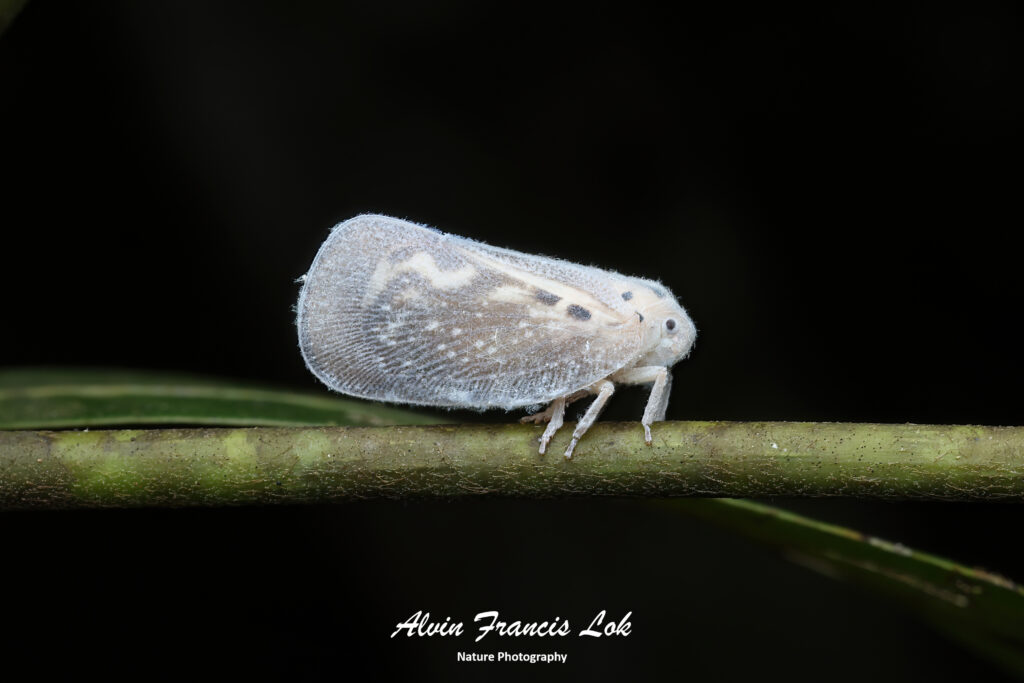
(Khao Yai NP, Thailand)
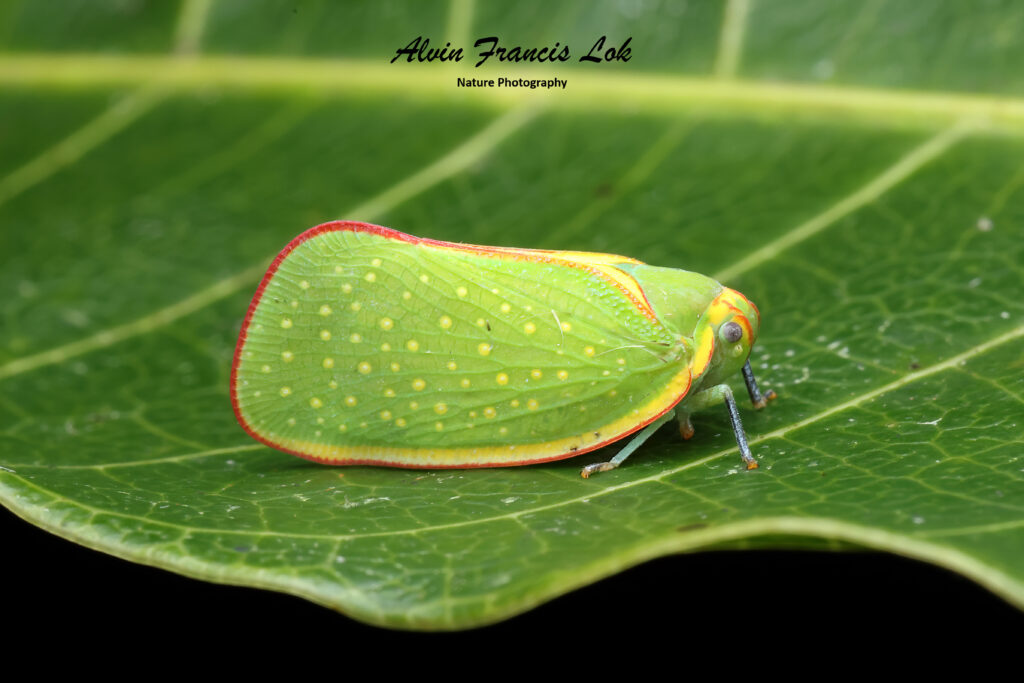
(Sabah, Malaysia)
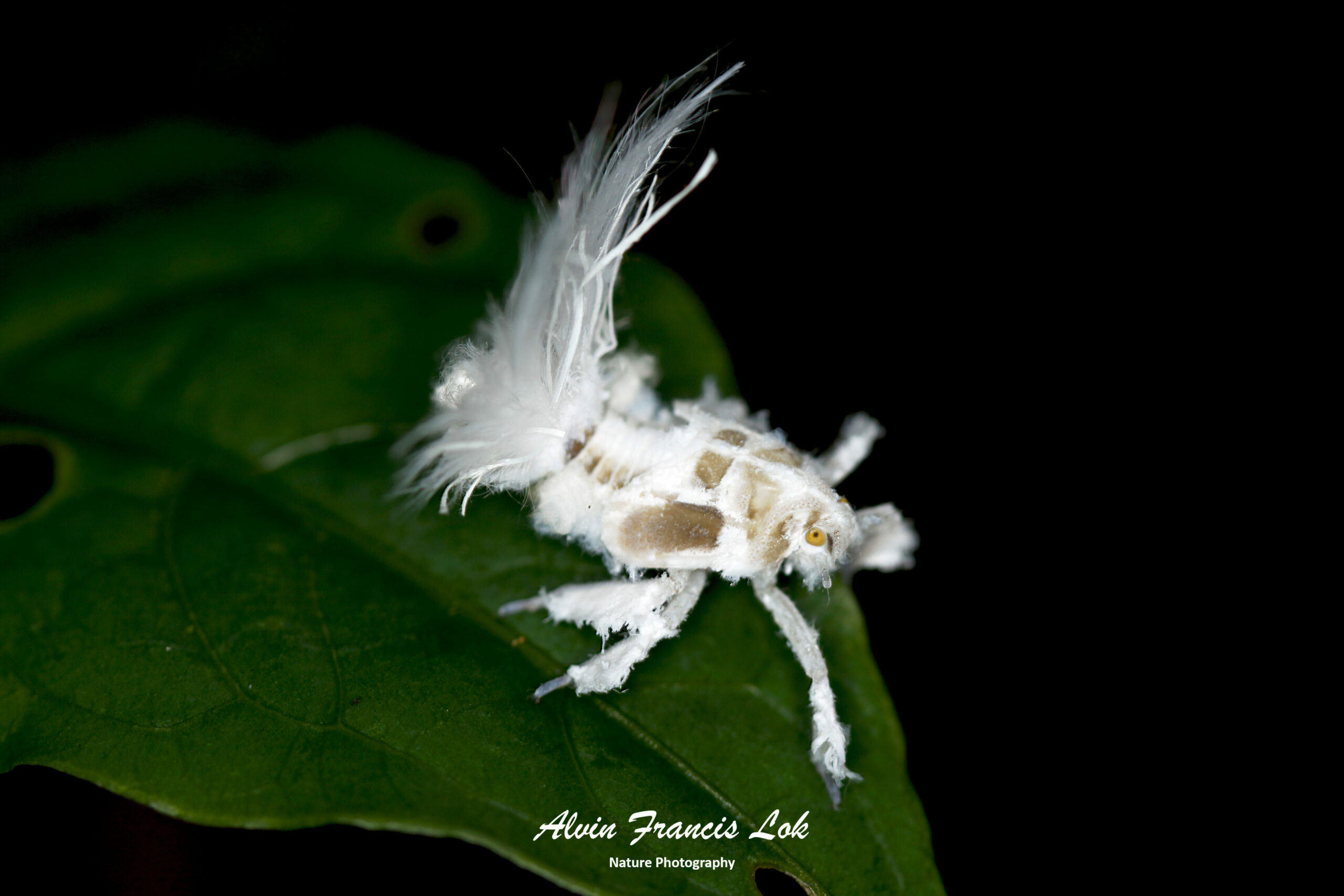
(Pahang, Malaysia)
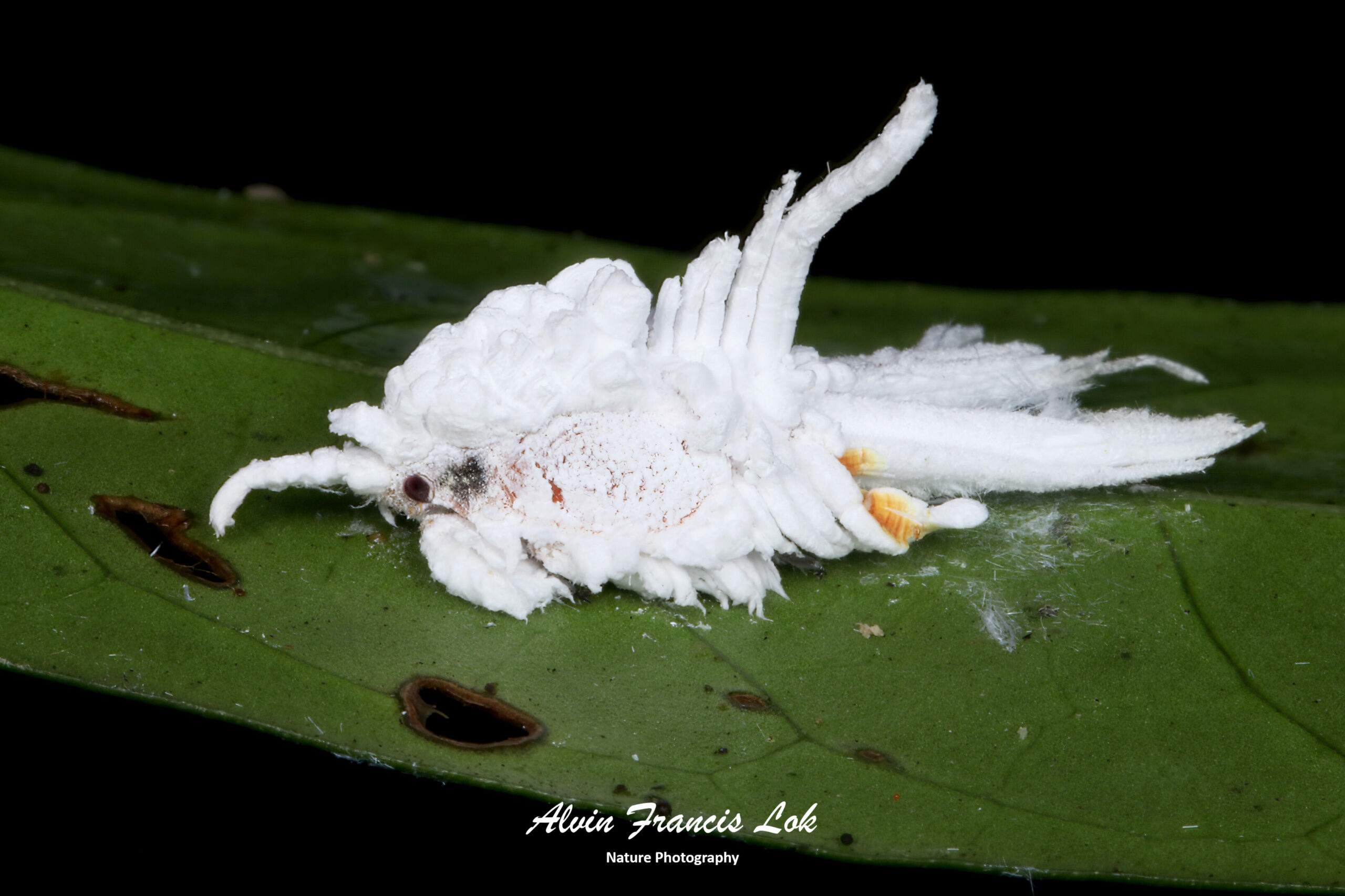
(Singapore)
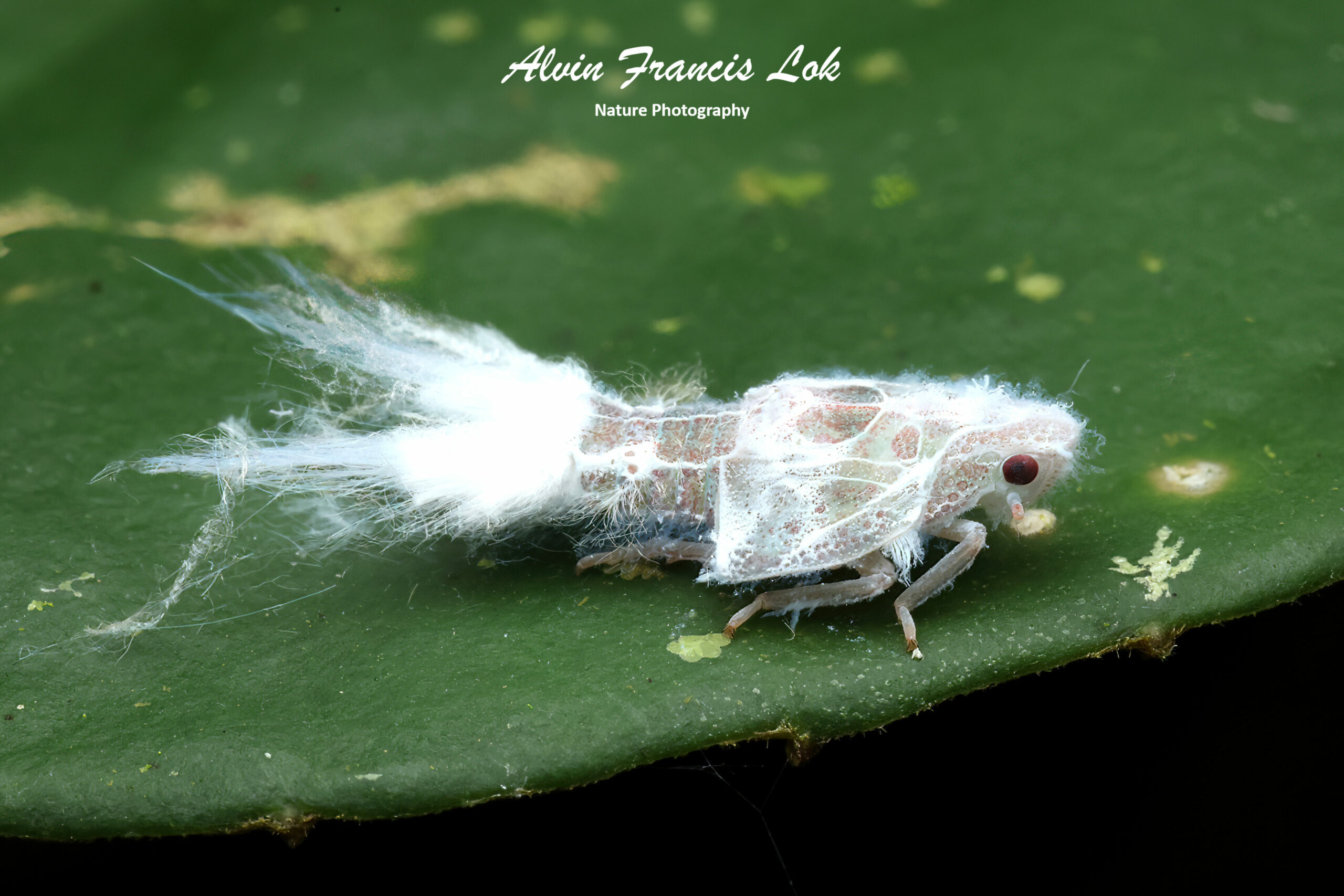
(Sabah, Malaysia)
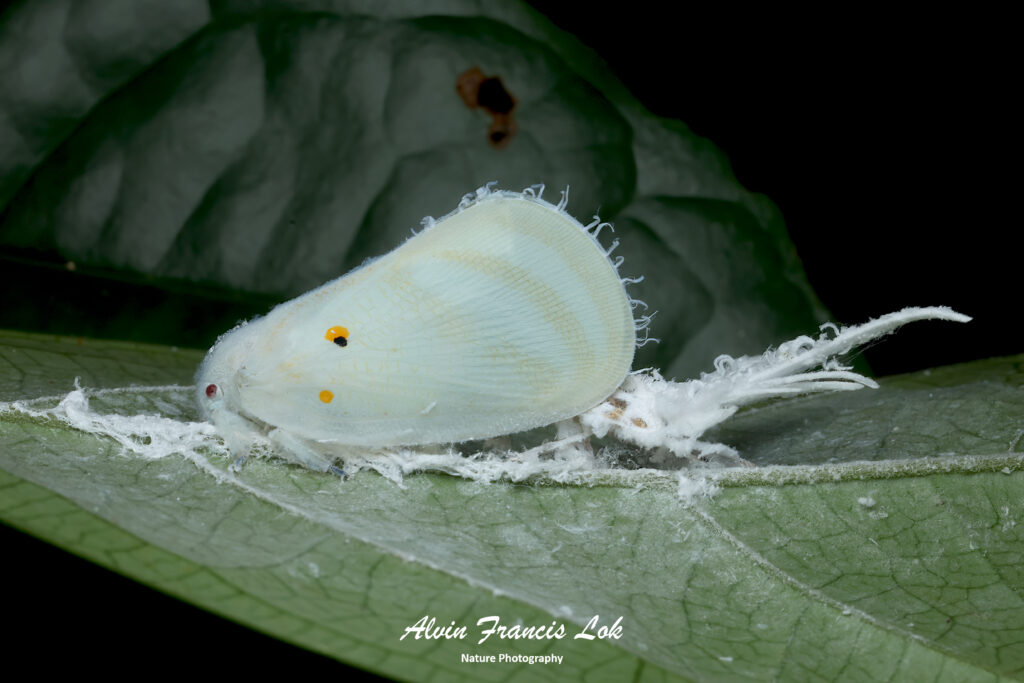
(Kalimantan, Indonesia)
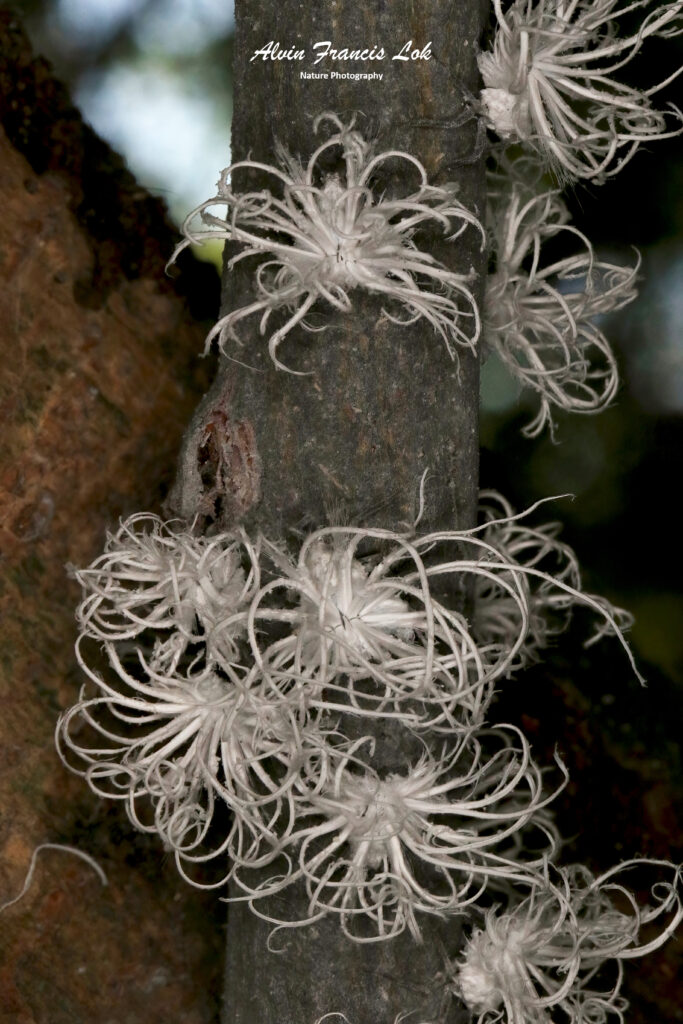
(Kraeng Kachan NP, Thailand)
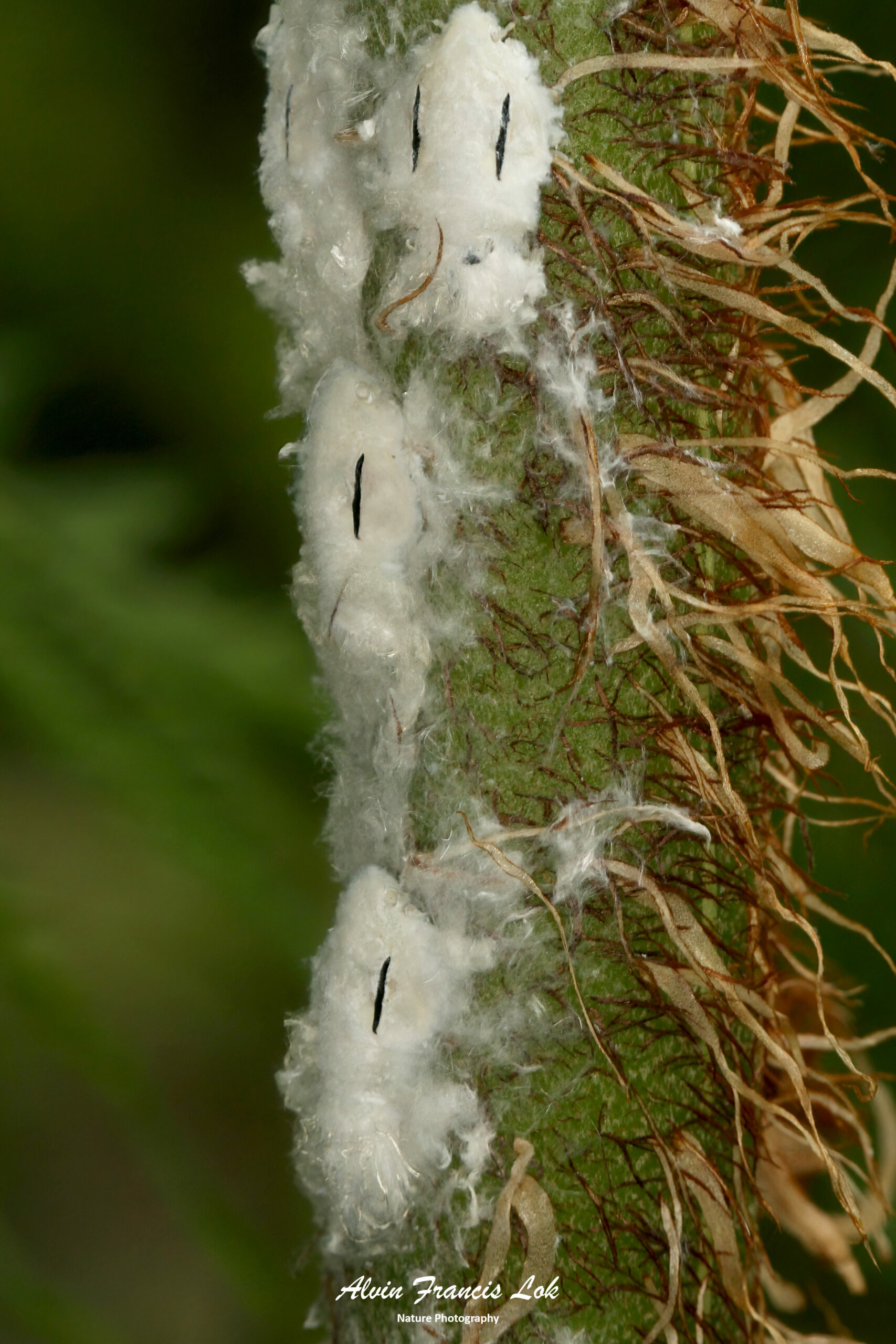
(Doi Inthanon NP, Thailand)
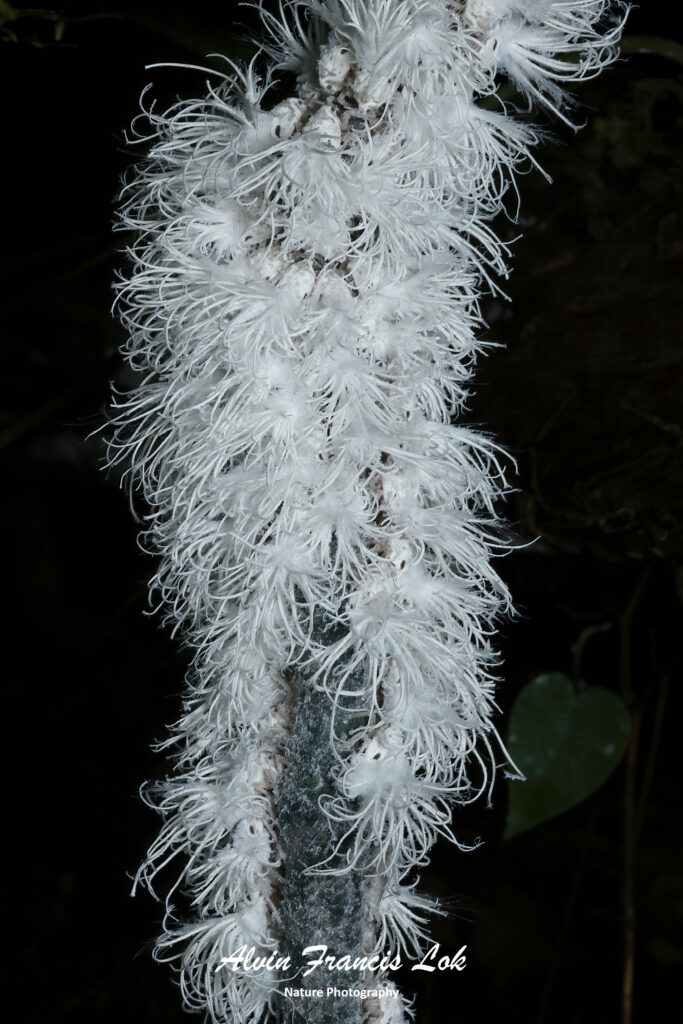
(Sarawak, Malaysia)
Subfamily Flatoidinae
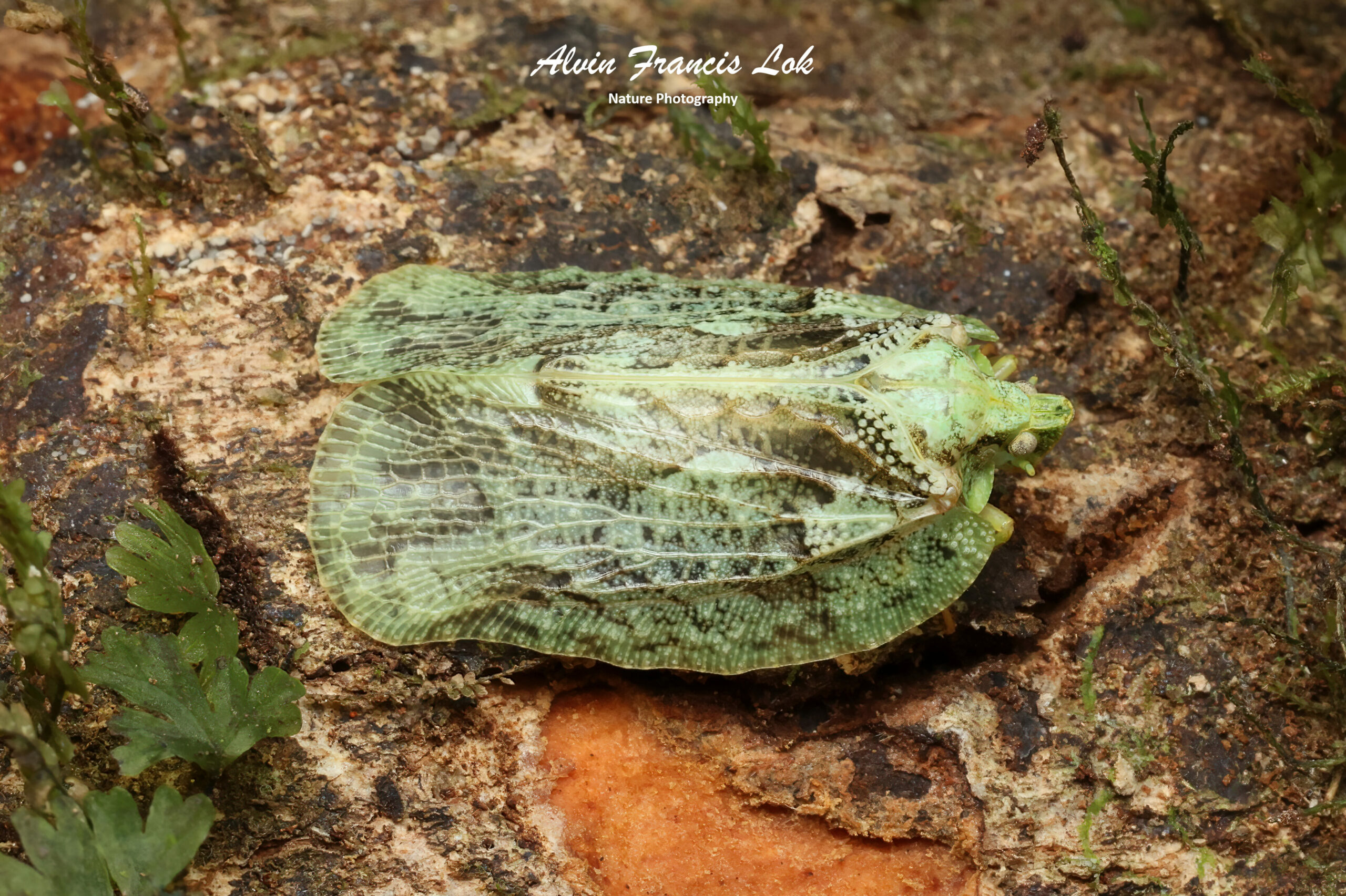
(Sarawak, Malaysia)
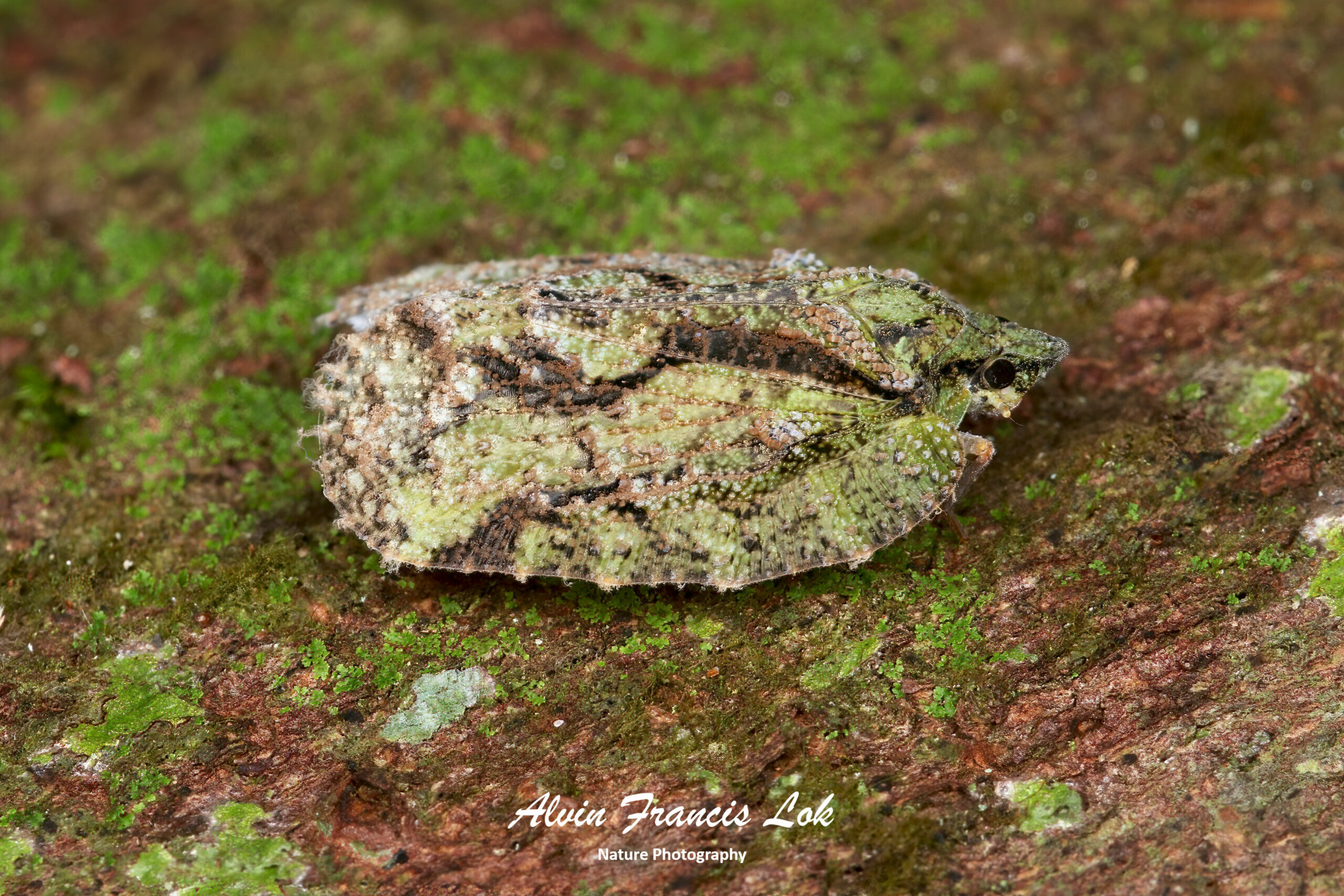
(Singapore)

(Sabah, Malaysia)
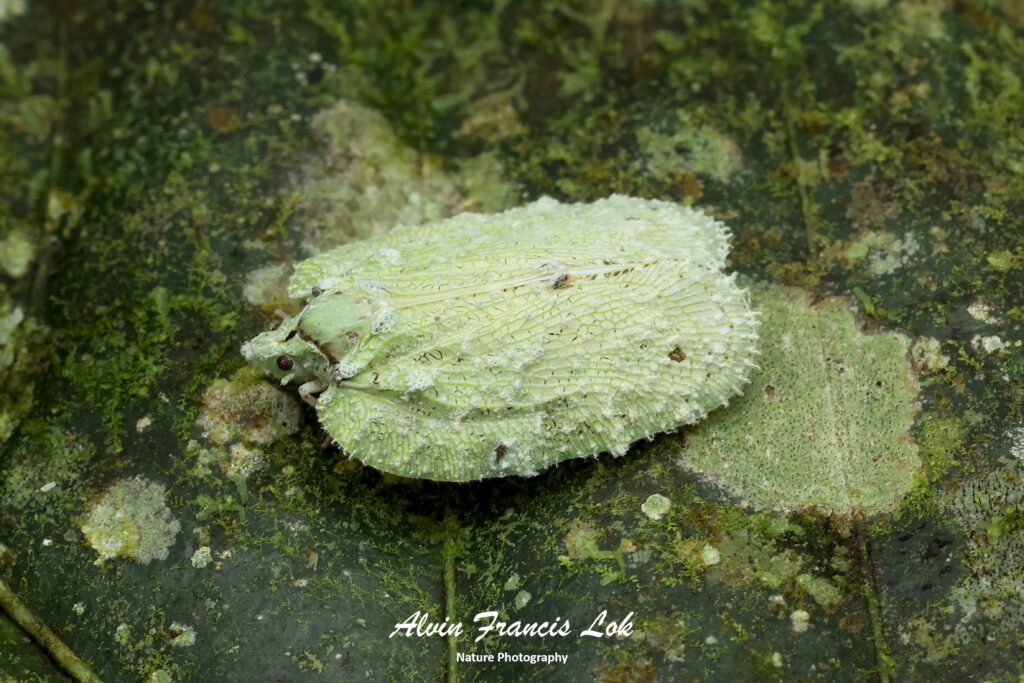
(Sumaco, Ecuador)
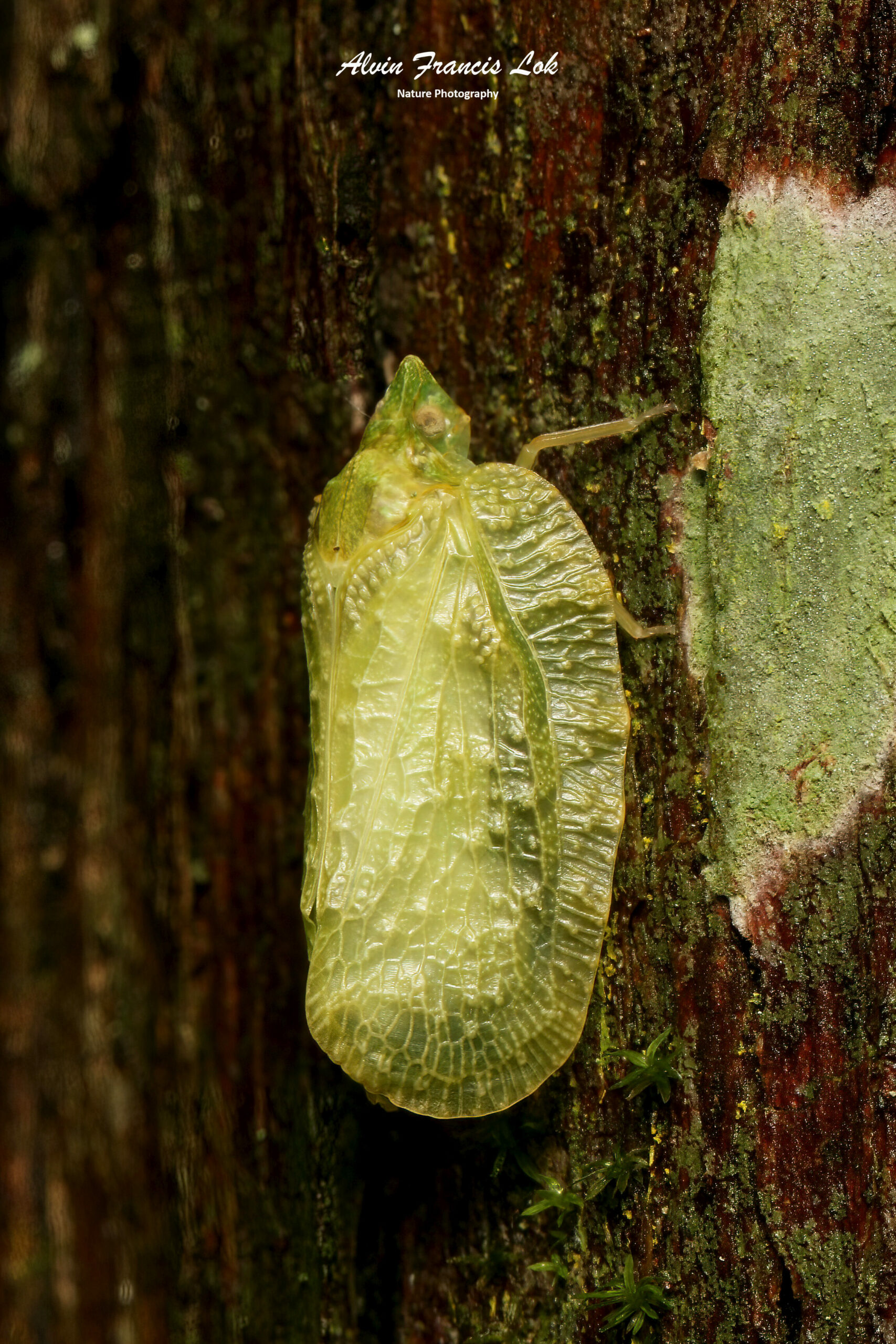
(Singapore)
Tribe Flatoidini
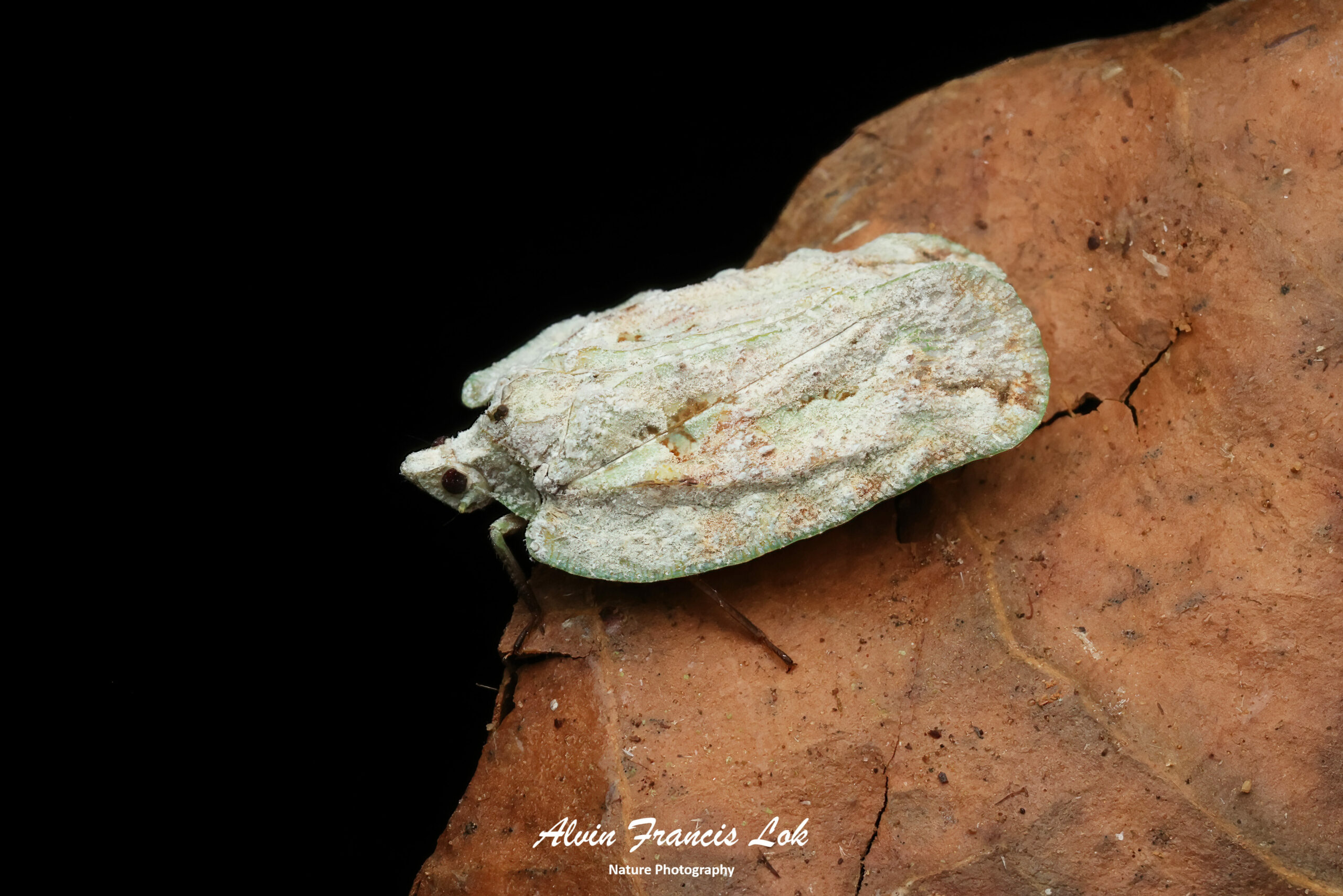
(Sabah, Malaysia)
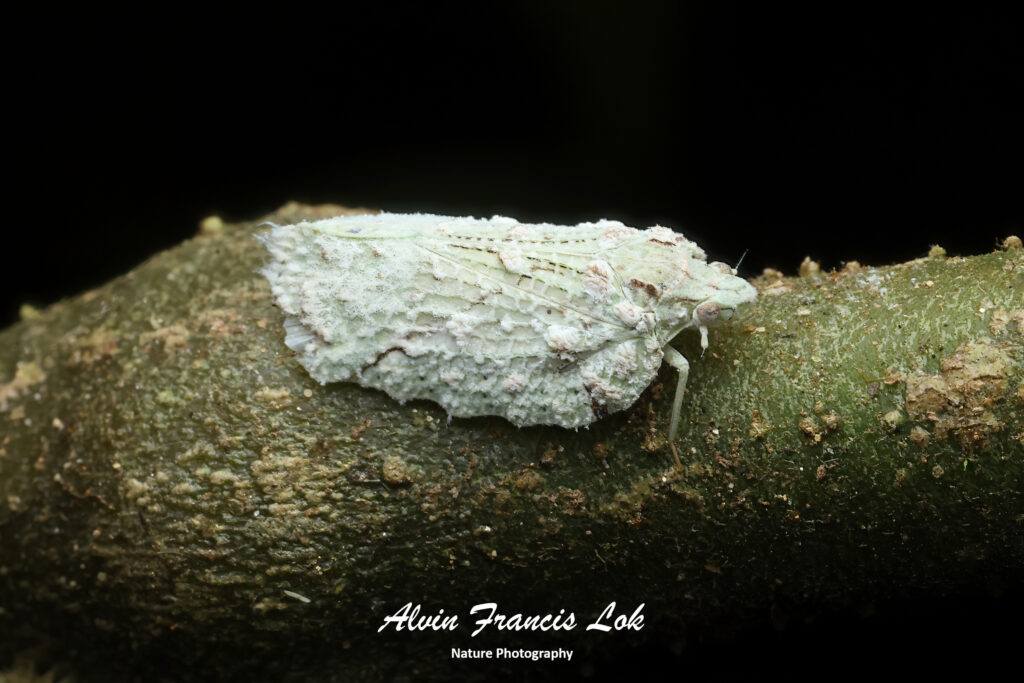
(Andasibe, Madagascar)
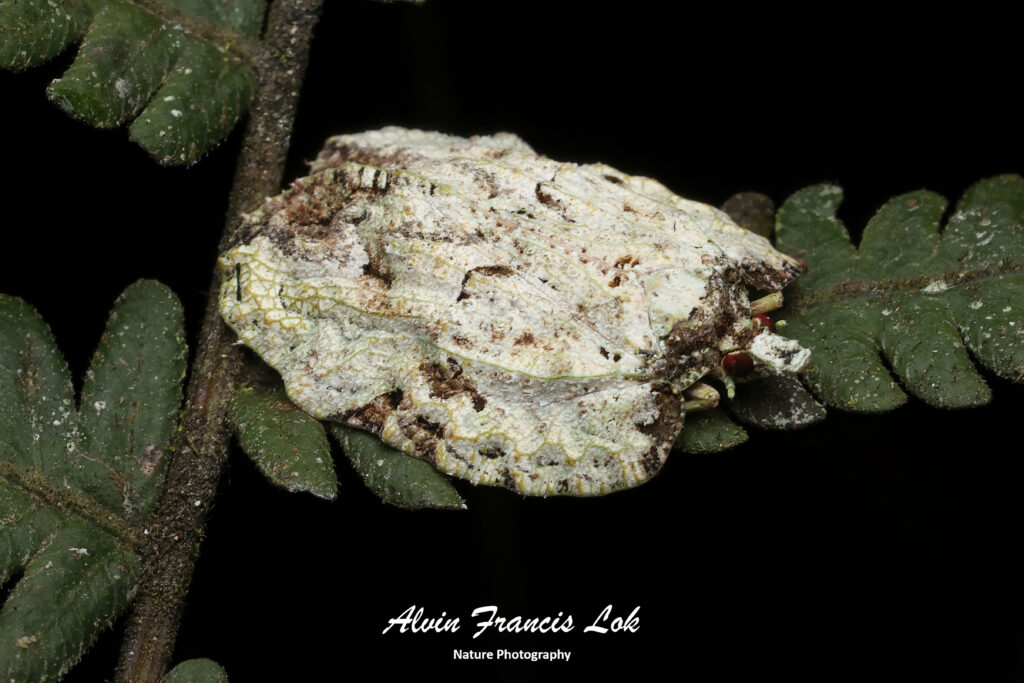
(Ranomafana, Madagascar)